DROPS Alpaca
An all time favorite made purely from soft alpaca
from:
2.49€
per 50 g
Content: 100% Alpaca
Yarn Group:
A (23 - 26 stitches)
/ 5 ply / sport
Weight/length: 50 g = approx 167 m
Recommended needle size: 3 mm
Knitting tension: 10 x 10 cm = 24 sts x 32 rows
Care: Hand Wash, max 30°C / Dry Flat / Feltable
Made in: Peru
Raw material origin: Alpaca from Peru
This yarn has an Oeko-Tex® certification (certificate number 16.HPE.92779), Standard 100, Class II from the Hohenstein Institute. This means that is has been tested for harmful substances and is considered safe in human-ecological terms. Class II means the yarn is suitable to come in direct contact with the skin to a large extent, such as blouses, shirts, mattresses, etc.
DROPS Alpaca is a lovely yarn spun from 3 strands of 100% superfine alpaca, with an extra twist to provide a durable surface. The alpaca fiber is untreated, which means that it is only washed and not exposed to any chemical treatment prior to the dyeing. This highlights the fiber’s natural properties, while it also provides a better shape and texture quality.
DROPS Alpaca has a large and varied range of patterns available in the DROPS collection. Garments made in this yarn are lightweight and comfortable, super soft directly on the skin, and have a nice, characteristic sheen.
Read more about our products' sustainability here
Please be aware that the colours shown may vary from screen to screen in the same way that shades may vary slightly from dye lot to dye lot.
How do I care for this yarn?

Hand Wash, max 30°C / Dry Flat
First of all, consider just airing the garment, instead of washing it. If you still desire to wash it, here are some guidelines:
- Hand wash at 30ºC - separately - with wool detergent without enzymes or optical brighteners.
- Don’t let the garment soak. Move the garment gently back and forth, do not rub or squeeze it.
- Rinse the garment until the rinse water is completely clear, making sure the water temperature stays uniform.
- Do a light centrifugation of the garment (about 800rpm), choosing a program that DOES NOT take in water at the start. Or press carefully the water out of the garment with a dry towel. The garment shouldn’t be twisted or rolled.
- To dry the garment, shape it and lay it flat - do not hang - ideally on a warm bathroom floor or on top of a drying rack in a room with good air circulation. Never dry the garment in direct sunlight.
- Don’t tumble dry.
Note: If you are washing a project made with this yarn combined with another, the general guideline is to follow the washing instructions for the most delicate of the yarns you are working with.
Thinking about felting this yarn?
See how this yarn looks before and after felting:
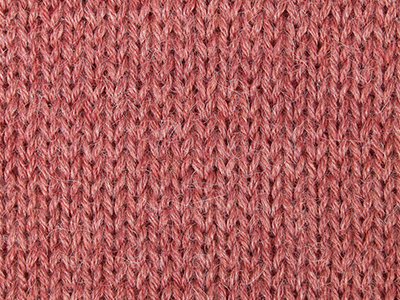
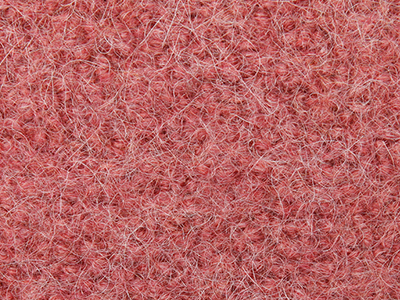
Needles: 5.50 mm
Before: 16 sts x 21 rows
After: 21 sts x 32 rows
Do you have a question about this yarn?
See a list of frequently asked questions (FAQ) about our yarns.
1) What type of fibers make the DROPS yarns?
Yarn can be made from a large number of natural and synthetic fibers. DROPS carries mainly yarns made from wool, cotton, alpaca, linen, mohair and silk. Each fiber type has its own qualities, and they are often mixed to take advantage of the best properties of each one. Coarse yarn has the advantage of being stronger and more durable, and finer fibers offer more softness and comfort. Here a bit about the main fibers we carry:
Alpaca:
Alpaca fleece is the natural fiber harvested from an alpaca, and it is similar in structure to sheep wool fiber. Its softness comes from the small diameter of the fiber, similar to merino wool. It is a soft, durable, luxurious and silky natural fiber. Yarn made from alpaca fibers does not felt or pill easily, and it can be light or heavy in weight, depending on how it is spun. While similar to sheep’s wool, it is warmer, not prickly, and has no lanolin, which makes it hypoallergenic. Alpacas come in 22 natural colors, with more than 300 shades from a true-blue black through browns-black, browns, white, silver and rose-greys.
Mohair:
This fiber comes from the Angora goats, and it's considered a luxury fiber. Mohair yarn is warm as wool, but much lighter in weight; it is durable, dyes well and does not felt easily. Mohair fibers have also a distinctive luster created by the way they reflect light. Despite being a hard fiber, mohair is usually spun into a very fluffy yarn, resulting in airy and lustrous garments.
Wool:
The wool fibers come from the skin of sheep and are relatively coarse fibers. Two striking characteristics of wool are its susceptibility to heat and its felting property, which is caused by the scales on the surface. Depending upon the breed of sheep, the appearance of the wool varies.
Wool from Merino sheep is considered the finest type of wool, having as characteristics that is finely crimped and soft. All the Merino wool in the DROPS yarns has its origins in South America, coming from sheep that have not been subject to Mulesing.
Pure new wool is wool made directly from animal fleece, and not recycled from existing wool garments.
Machine washable wool is wool treated chemically to minimize the outer fuzzy layer of the fibers, and be therefore fitable for machine wash (see Superwash).
Silk:
The silk fiber is a fine continuous fiber produced from the cocoon of a moth caterpillar known as the silkworm. While silkworm is cultivated, the wild or tussah silk is obtained from uncultivated silkworm cocoons. Silk fiber is one of the strongest natural fibers and makes a wonderful knitting yarn. It blends really well with other fibers, especially wool. Silk also dyes beautifully with natural dyes.
Vegetable fibers:
There are several varieties of vegetable fibers, found in the cell walls of plants or vegetables. Of all the varieties, two are recognized as major knitted or textile fibers. They are cotton and linen.
Cotton is the fiber surrounding the seeds in a cotton pod, and it is almost pure cellulose. Cotton is usually white in color but there are green and brown varieties as well. The cotton fiber is most often spun into yarn or thread and used to make a soft, breathable textile that is good for summer clothing and accessories, making a weaker yarn than silk or linen but stronger than wool.
Mercerized cotton is cotton that has been through a mercerization treatment. This treatment gives cotton fabrics and threads a lustrous yarn that is more lustrous than conventional cotton. It is also stronger, takes dye a little more readily, makes the yarn more resistant to mildew and reduces lint. It also may not shrink or lose its shape as much as "regular" cotton.
Linen is a fiber derived from the stalk of the flax plant that is durable and stronger than any other fiber. The linen fiber is relatively soft, straight and lustrous and becomes more beautiful with age. Linen is more comfortable to wear in hot temperatures than cotton, due to the fact that it absorbs moisture better and dries more quickly.
Other materials used in our yarns include synthetic fibers such as acrylic, viscose, polyamide (nylon) and polyester. These fibers are used mostly to give strength to a yarn (like our sock yarn, DROPS Fabel) or a special kind of structure (like our blown yarn, DROPS Air).
The polyamide fibre, commonly known as nylon, is very strong, durable, lightweight, easy to care for (can be machine washed and dried), and elastic, which makes it perfect for blending with other fibres to produce hard-wearing yarns like sock yarn.
Compared to polyester, polyamide is softer and more flexible, but it also absorbs more water and dries slower.
3) What type of information can I find on the DROPS yarn labels?
All DROPS yarn labels include information about fiber content (wool, cotton, etc.), weight in grams and ounces, length in meters and yards, washing instructions and symbols (explained here), color number, dye lot number and yarn group information.
4) What are the DROPS yarn groups?
All DROPS yarns are classified into 6 different thickness groups (A to F). Yarns in a same group have similar knitting tension/gauge, and can therefore be interchanged in patterns; however the length may be different, so when substituting always calculate the amount of meters/yards needed for the pattern to know the amount of yarn you need to get.
5) Can I use a different yarn than the one mentioned in the pattern?
Yes, as long as the yarn can be worked in the same knitting tension/gauge. Always swatch to make sure you get the same number of stitches in width and rows in height as given in the pattern.
Remember that different yarns with different textures, will give the garment different looks. The yardage/length may also be different, so when substituting always calculate the number of yards needed, in order to know the amount of yarn you need.
Read more about how to calculate the amount of an alternative yarn - and how to replace 1 thread of a yarn with 2 or more of another, here.
6) What does it mean when a yarn is “Superwash”?
A superwash wool is a special wool product that has been treated or processed in a way that allows it to be machine washable. Many people are afraid to work with wool because it is so easy to shrink (though some shrink wool on purpose) and superwash wool can allow them to work with great fibers without worry. (Read more here).
7) What does “Oeko-Tex® certified” means?
The Oeko-Tex® Standard 100 was introduced at the beginning of the 1990s as a response to the needs of the general public for textiles which posed no risk to health. The Oeko-Tex® Standard 100 is a globally uniform testing and certification system for textile raw materials, intermediate and end products at all stages of production. The test for harmful substances comprise substances which are prohibited or regulated by law, chemicals which are known to be harmful to health, and parameters which are included as a precautionary measure to safeguard health.
For more info go to www.oeko-tex.com
10) How accurate are the colours on the shade cards online?
When obtaining images for the shade card, we do our best to achieve the highest level of color accuracy. Unfortunately, we cannot guarantee how images will appear on your computer screen. Every monitor displays color differently, some colors might look darker than they really are, and some colors might be more saturated on some screens. If you experience that many of the yarn colors looks different on your screen than the actual color of the skeins, you can adjust the setting on your monitor.
11) What is a micron? What does super fine / extra fine mean?
The fineness of yarn fibers is measured in microns (thousands of millimeters). Super fine alpaca wool is 26-28 microns. Fine merino wool is less than 21.5 microns and extra fine merino is under 19.5 microns. The less microns the softer and more delicate a quality can be, the more microns the more hard wear the quality will be.
The reason why the microns in a yarn’s fibers are important is that the yarn will eventually become something else, and how delicate or coarse a yarn is will determine in part what we use it for. That’s why we recommend the softest yarns (like DROPS Baby Merino) for baby clothing, or why we choose to use a more hard wear yarn like DROPS Snow, for a seating pad or slipper.
12) Why are the colours in my skeins of print yarn different?
The reason why two skeins of a same print yarn look different can be 1) that both skeins are part of different dye lots; 2) that the skeins have been dyed using a technique called "magic print" (the one used for example in DROPS Delight), which provides unique patterns and smooth colour transitions to each skein, meaning also that within one dye lot, lighter or darker varieties might appear. This is no fault or defect, but part of the yarn's character.
13) My store doesn’t have the colour I want, what can I do?
If your DROPS store doesn’t have the yarn colour you want, try contacting a DROPS Super Store (the ones with the golden badges) - they will make sure to get a hold of the colour even if they don’t have it in stock themselves. See a list of all DROPS stores here.
14) Where can I find a specific dye lot of a colour?
Always try contacting your DROPS store first. If they do not have the dye lot you want we recommend you to ask other knitters and crocheters in the DROPS Workshop in Facebook or Ravelry, which may have the dye lot in their stash and might be willing to part from it.
Yarn sheds because there's not enough twist to hold all of the fibers together. All yarns have excess fibers (from production) that might come off as lint or shedding, in varied degrees that depend on how the yarn is spun. Brushed yarns ("hairier" yarns) like DROPS Melody, have more of these loose fibers than other yarns, and therefore shed more. Shedding also depends on what is worn under or over the garment, and whether this pulls at the yarn fibers. It’s therefore not possible to guarantee that there will be no shedding.
Below are some tips on how to get the best result when working with hairier yarns:
- When the garment is finished (before you wash it) shake it vigorously so the looser hairs come off. NOTE: do NOT use a lint roller, brush or any method that pulls at the yarn.
- Place the garment in a plastic bag and put it in your freezer - the temperature will cause the fibers to become less attached to each other, and excess fibers will come off easier. Leave in the freezer for a few hours before taking it out and shaking it again.
- Wash the garment according to the instructions on the yarn label. Garments worked with hairier yarns usually need to be shaken once dry after washing, so that the hairs rise and any excess fibers can come off.
Pilling is a natural process that happens to even the most exclusive of fibers. It's a natural sign of wear and tear that is hard to avoid, and that is most visible in high friction areas of your garment like a sweater's arms and cuffs.
You can make your garment look as new by removing the pilling, using a fabric comb or a pill/lint remover.
How can I replace this yarn?
If you are looking to replace this yarn with another DROPS yarn, you can use another yarn within the same yarn group, or try our yarn converter!
Other yarns in Yarn Group A
Read more about replacing yarn.Have a problem with the DROPS yarn you purchased?
When you purchase yarn from the shade cards or patterns on our site, you are not buying directly from DROPS but from one of the hundreds of DROPS stores around the world. It is therefore important that you take contact with the DROPS store where you bought the yarn, and that you save the labels of all the skeins you purchased (they are your warranty).
The DROPS store you contact will assist you and escalate the claim if necessary. Find a list of DROPS stores here.
Comments / Questions (501)
![]() Noriko Suzuki wrote:
Noriko Suzuki wrote:
Hello.\r\nCan you ship yarns to Japan?\r\nI have an experience purchasing drops yarns via eBay.\r\nI love drops. If possible, I want to purchase them with you from next time.\r\nI await your response.\r\nThanks, noriko
27.06.2020 - 03:06DROPS Design answered:
Dear Noriko, thank you very much for your comment - you will find the list of DROPS stores shipping worldwide here. Happy knitting!
29.06.2020 kl. 14:54
![]() Demelza wrote:
Demelza wrote:
Hoe weet ik welke kleuren van Alpaca uni colours niet gekleurd zijn?
20.06.2020 - 22:08
![]() Cate Coles wrote:
Cate Coles wrote:
I love your alpaca yarn but can you tell me if the animals are treated humanely? A recent report exposed the company Mallkini, a big producer of alpaca fibre in Peru, and how badly they treated their animals, particularly when shearing. It’s made me think twice about purchasing it in the future.
19.06.2020 - 23:27
![]() Astrid wrote:
Astrid wrote:
Die Farben vom ersten Produkt-Foto Alpaca harmonieren sehr schön. Welche Farben sind das?
19.06.2020 - 18:38DROPS Design answered:
Liebe Astrid, für welches Foto brauchen Sie die Farbennummer?
22.06.2020 kl. 09:05
![]() Dawn wrote:
Dawn wrote:
Are the dyes used for drops alpaca the same as used for drops puna?
16.06.2020 - 00:51DROPS Design answered:
Dear Dawn, Alpaca and Puna are not produced with same dyes. Happy knitting!
16.06.2020 kl. 13:21
![]() Brigitte Jaschke wrote:
Brigitte Jaschke wrote:
Frage: gibt es DROPS Alpaca 601? Ich finde nur: Nr. 607 eco hellbraun
13.06.2020 - 12:44DROPS Design answered:
Liebe Frau Jaschke, diese Farbe gibt es nicht mehr - gerne bekommen Sie Hilfe von Ihrem DROPS Laden, um eine neue Farbe zu wählen. Viel Spaß beim stricken!
15.06.2020 kl. 10:26
![]() Diane Loh wrote:
Diane Loh wrote:
I am wanting to knit Easter Finest and the color names are not the same as in the pattern. 3720 violet, 3800 heather, 7815 petrol/green mix. Are they the same colors that are listed by number on the yarns online?
10.06.2020 - 04:58DROPS Design answered:
Dear Mrs Loh, colour name might have been changed, but colour numbers are still the same, you can use the colour number as reference - and remember your DROPS store can help you to choose colours if needed - even per mail or telephone. Happy knitting!
10.06.2020 kl. 06:47
![]() SOICHEZ wrote:
SOICHEZ wrote:
Je ne vois aucun signe et aucun commentaire pour savoir si tel ou tel fil peut être tricoter en machine sur votre site ou puis-je avoir ce renseignement si je veux commander ?
09.06.2020 - 22:37DROPS Design answered:
Bonjour Mme Soichez, seules les laines traitées "Superwash" peuvent être lavées en machine, les autres sont lavables à la main - consultez l'onglet "entretien" pour en savoir plus sur chaque laine et retrouvez des instructions d'entretien, toutes matières confondues ici. Bon tricot!
10.06.2020 kl. 06:41
![]() Inge Pedersen wrote:
Inge Pedersen wrote:
Jeg har håndvasket model 127-2, som er strikket med det anbefalede garn. Blusen blev tørret på et tørrestativ, liggende. Efter tørring var blusen både breddere og meget længere. Hvad er gået galt?
08.06.2020 - 13:42DROPS Design answered:
Hei Inge. Det var kjedelig å høre. Er strikkefastheten overholdet? Er den strikket for løst, kan den miste formet. Prøv å vask genseren en gang til, håndvask 30ºC, bland vaskemiddelet godt ut i vann før plagget legges i. Beveg plagget forsiktig rundt, ikke gni og skyll godt. Når du legger plagget til tørk, prøv å legg det i den formen/størrelsen genseren skal ha (flatt), men unngå å legge den på et underlag som suger til seg fuktighet, som for eksempel frottéhåndklær. Da kan genseren miste sin naturlige elastisitet. mvh DROPS design
09.06.2020 kl. 07:04
![]() Helle Jansen wrote:
Helle Jansen wrote:
Hej jeg har et billede fra Instagram af en af jeres opskrifter Den er strikket i en spc farve er i tvivl om hvilken farve garn der er brugt? Tror det er Drops Alpaca 7233 mix gulgrøn kan jeg evt sende billedet på mail eller sms så I kan se det :-)
05.06.2020 - 16:05DROPS Design answered:
Hei Helle. Fint om du oppgir hvilken jakke dette er, hvilket DROPS nr. Så skal vi hjelpe deg så godt vi kan. mvh DROPS design
08.06.2020 kl. 07:34
![]() Helle Jansen wrote:
Helle Jansen wrote:
Hej jeg har et billede af en af jeres opskrifter men er i tvivl om hvilken farve garn der er brugt? Tror det er Drops Alpaca 7233 mix gulgrøn kan jeg evt sende billedet på mail eller sms så I kan se det :-)
03.06.2020 - 11:28DROPS Design answered:
Hej Helle, farvenummer står under materiale inde på selve opskriften på nettet. God fornøjelse!
05.06.2020 kl. 14:40
![]() Lene Steendahl wrote:
Lene Steendahl wrote:
Er der ændret på farvenr 2918 i Drops Alpaca? Jeg har købt 2 mørk turkis nr. 2918 som er MEGET forskellige. Og der går rygter om, at netop den kraftige mørke turkis udgår. Er det rigtigt??
27.05.2020 - 20:06DROPS Design answered:
Hej Lene, der kan være farveforskel fra parti til parti, prøv at efterlyse den i vores gruppe på Facebook DROPS workshop. Nej den skal ikke udgå.
29.05.2020 kl. 15:25
![]() Katrine Aalund Holmager wrote:
Katrine Aalund Holmager wrote:
Hej Jeg har arvet noget garn og ved ikke hvor gammelt det er hvor der løst lå bandaroler i garnposen. Jeg er nu i gang med at strikke af resterne, men mangler noget hvidt. Jeg har følgende bandaroler, kan i muligvis hjælpe med at finde den rigtige mælke hvid, ud fra disse? - Colour 7130 , Dyelot 002 - Colour 0618 , Dyelot 1102 - Colour 9020 , Dyelot 1103 - Colour 7120 , Dyelot 904 På forhånd tak for hjælpen
24.05.2020 - 20:01DROPS Design answered:
Hei Katrine. Det er nok dessverre helt umulig å finne ut av. mvh DROPS design
25.05.2020 kl. 09:33
![]() Eldbjoerg Strandheim wrote:
Eldbjoerg Strandheim wrote:
Hei ! Hvordan kan jeg se at fargekombinasjoner passer sammen?
24.05.2020 - 11:42DROPS Design answered:
Hei Eldbjørg. Vi har ingen program der du kan legge til ønsket farger for å se ulike fargekombinasjoner. På noen av våre modeller har vi strikket opp noen fargeforslag, disse finner du under de enkelte plaggene. mvh DROPS design
25.05.2020 kl. 09:28
![]() Anita Stensrud wrote:
Anita Stensrud wrote:
Kan jeg bruke dette til en bunadskofte, som har strikkefasthet 21 m i oppskriften. Eller er det bedre med merino extra fine
20.05.2020 - 17:01DROPS Design answered:
Hei Anita. DROPS Alpaca tilhører garngruppe A og har en veiledende strikkefasthet på 23 masker på 10 cm, mens DROPS Merino Extra Fine tilhører garngruppe B og har en veiledende strikkefasthet 21 masker på 10 cm. Så om bunadskoften har en strikkefasthet på 21 masker på 10 cm, passer garn fra garnbruppe B bedre enn garn fra garngruppe A. mvh DROPS design
25.05.2020 kl. 09:03
![]() Birgitte Høier wrote:
Birgitte Høier wrote:
Hej. Jeg vil gerne strikke Autumn Afternoon i Alpaca og Kid-Silk. Jeg vil gerne bruge Kid-Silk color 34 Salvie søgrøn. Hvilken farve Alpaca vil I foreslå, at jeg kombinerer med? Jeg har overvejet enten "havbrise" mix 7323, "morgendis" fv. 7120 eller bare "natur" fv. 100. Hvilken vil være bedst, hvis jeg gerne vil have den grønne farve fremhævet? Med venlig hilsen Birgitte Høier
07.05.2020 - 14:13DROPS Design answered:
Hej Birgitte, det kan være lettere for dig at vælge hvis du kigger her: Garnfarve grøn
08.05.2020 kl. 13:38
![]() Ida Emilie wrote:
Ida Emilie wrote:
How does DROPS ensure that the Peruvian farmers are paid properly for their work? In recent years, there have been an increasing demand for alpaca but the farmers still often live in poverty. Alpaca is a great alternative to sheep's wool for people who worry about supporting the sheep meat industry. It would be great to hear what DROPS does to ensure that every step of their supply chain is kept ethical and sustainable. Thanks DROPS!
05.05.2020 - 09:15DROPS Design answered:
Dear Ida Emilie, We only work with the biggest and most serious producers in the industry. These are companies that have to follow EU regulations and guidelines regarding the sourcing of raw material, treatment of animals, dyeing techniques, certificates etc. in order to be able to commercialize their product in the European Union. Everything is monitored by the pertinent authorities, not by us. We hope this gives you some sort of answer.
07.05.2020 kl. 15:32
![]() Sofia Percara wrote:
Sofia Percara wrote:
Hola! Buen día! Soy de Argentina. Me gustaría comprar hilos y lanas! Es posible el envío a la provincia de Santa Fe, ciudad de Rosario?
04.05.2020 - 16:03DROPS Design answered:
Hola Sofia. Aquí tienes un listado de las tiendas con envíos internacionales: https://www.garnstudio.com/findastore.php?s=w&cid=23
15.05.2020 kl. 15:35
![]() Anna Flatholm wrote:
Anna Flatholm wrote:
Hej, jag undrar om det går att beställa färgprover på era garner?
03.05.2020 - 18:41DROPS Design answered:
Hei Anna. Nei, det har vi dessverre ikke. Har kun digitale fargekart . mvh DROPS design
04.05.2020 kl. 07:12
![]() Elizabeth Kierulf wrote:
Elizabeth Kierulf wrote:
Skal strikke en Drops genser. Fikk kjøpt alt garnet fra butikken i Oslo City, men ikke nr. 403 mellombrun. Har forsøkt å søke på nettet, men ingen hell. Trenger kun 50 gr.
30.04.2020 - 15:07DROPS Design answered:
Hei Elisabeth. Vi sender ikke ut enkelt nøster, kun kilovis til butikker. Det skal være mange butikker som selger DROPS Alpaca, (sjekk ut butikkene der det står DROPS Superstore under navnet sitt). Evnt så kan du legge ut en etterlysning på de ulike strikkesidene på Facebook, der er det mange brukere som hjelper hverandre med manglende nøster og partinr. God Fornøyelse!
04.05.2020 kl. 07:00
![]() Annalisa Passari wrote:
Annalisa Passari wrote:
VORREI SAPERE SE POSSO LAVORARE ALPACA INSIEME AD UN COTONE,GRAZIE
26.04.2020 - 06:31DROPS Design answered:
Buonasera Annalisa, sono 2 filati completamente diversi come composizione e struttura: le consigliamo di fare un campione lavorando i due filati insieme e valutare il lavoro risultante. Buon lavoro!
27.04.2020 kl. 17:07
![]() Thea Tidman wrote:
Thea Tidman wrote:
Can I buy your yarn in Ontario? If not, is there a Canadian supplier?
16.04.2020 - 15:23DROPS Design answered:
Dear Mrs Tidman, please contact our distributor in Canada, they will be able to help you. Happy knitting!
17.04.2020 kl. 09:43
![]() Laura Binda wrote:
Laura Binda wrote:
Per realizzare la borsa Flower market bagno, posso usare drops alpaca uni color? Se si con quale numero di uncinetto? Grazie per la cortese attenzione. Laura
06.04.2020 - 14:29DROPS Design answered:
Buongiorno Laura, questa borsa è realizzata in Paris, che è un cotone abbastanza grosso e resistente, per questo le sconsigliamo di lavorarla in Alpaca che invece è un filato molto sottile e non adatto a questo tipo di modello. Buon lavoro!
08.04.2020 kl. 09:08
![]() Marec wrote:
Marec wrote:
Bonjour J ai lavé a la machine programme laine et a froid 2 magnifiques pull tricotés en alpaca, résultat ils sont foutus, j ai 2 autres pulls tricotés dans la même laine Comment faire pour que ça ne se reproduise pas, peut-être qu il ne faut pas les laver ,?
03.04.2020 - 13:16DROPS Design answered:
Bonjour Mme Marec, suivez bien attentivement les consignes d'entretien de l'étiquette (= lavage à la main à 30° par ex pour la DROPS Alpaca), mais également ces généralités. Entraînez-vous au préalable sur un échantillon si vous le souhaitez, et en respectant ces conseils, vous n'aurez alors plus aucun souci. Votre magasin DROPS saura également vous conseiller, n'hésitez pas à le contacter. Bon tricot!
09.04.2020 kl. 18:30






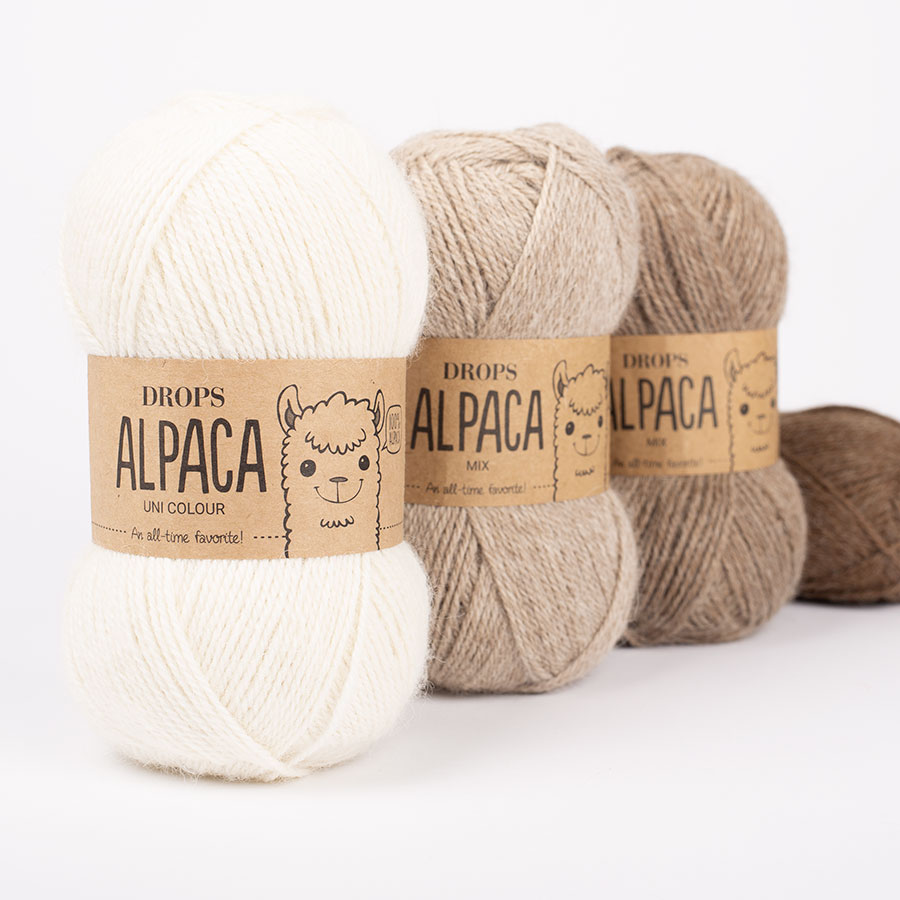
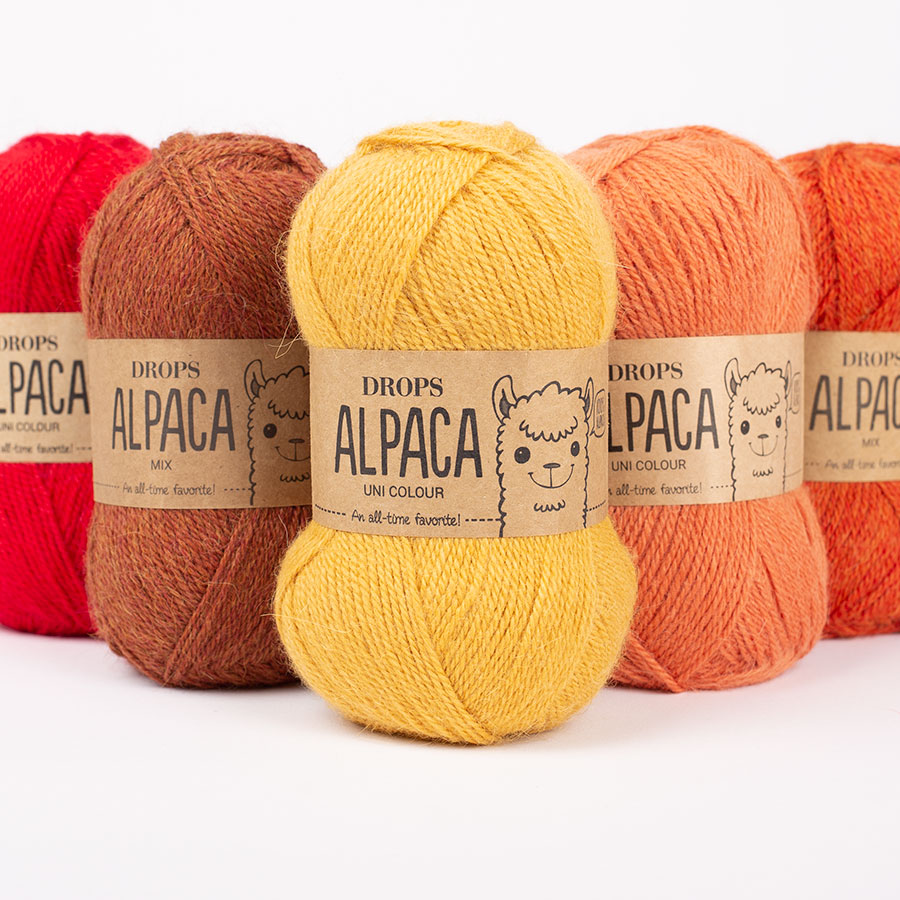
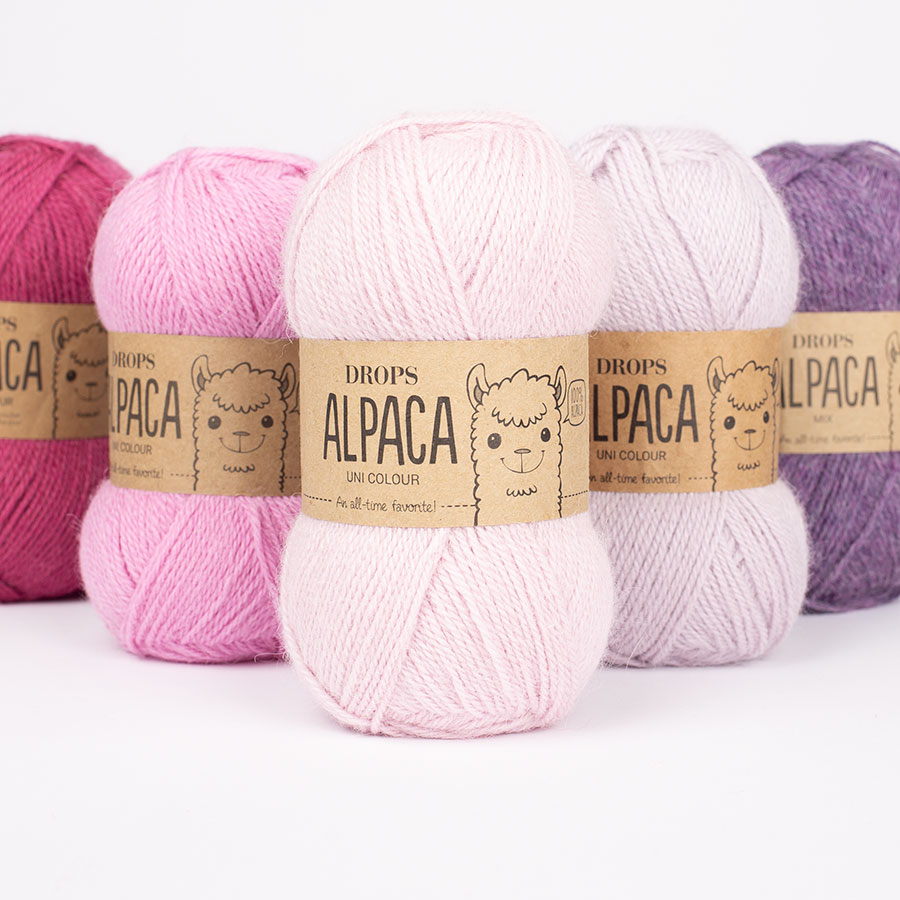
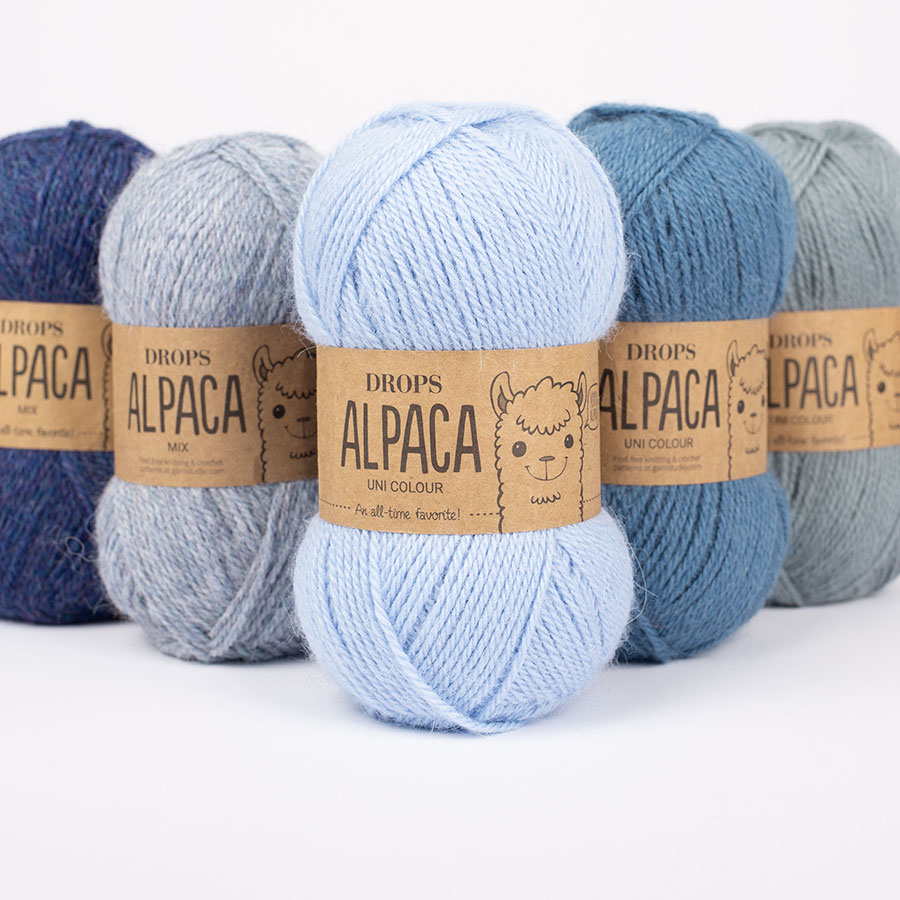

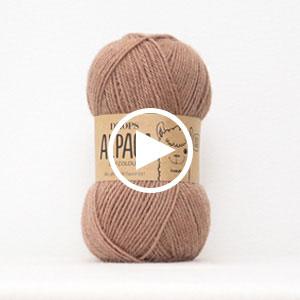

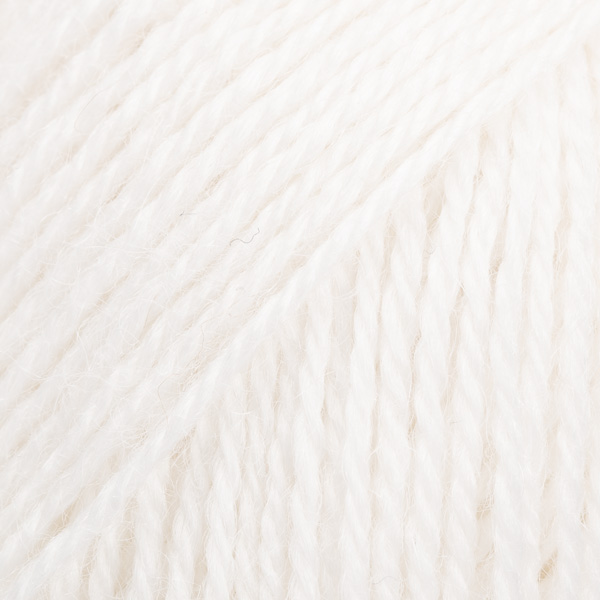






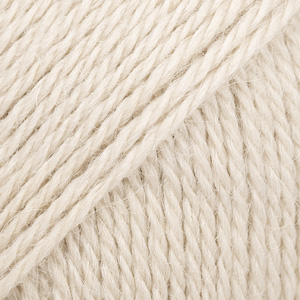
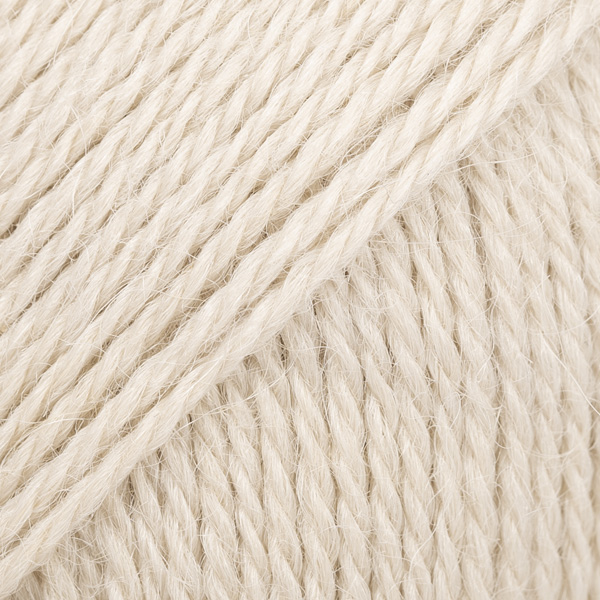
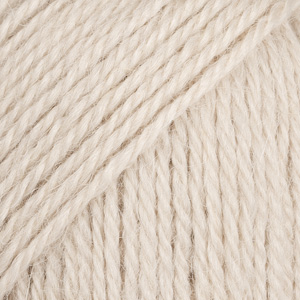
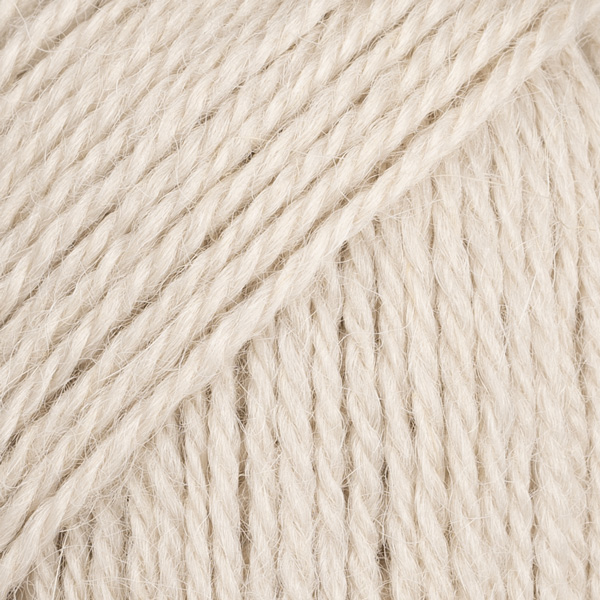


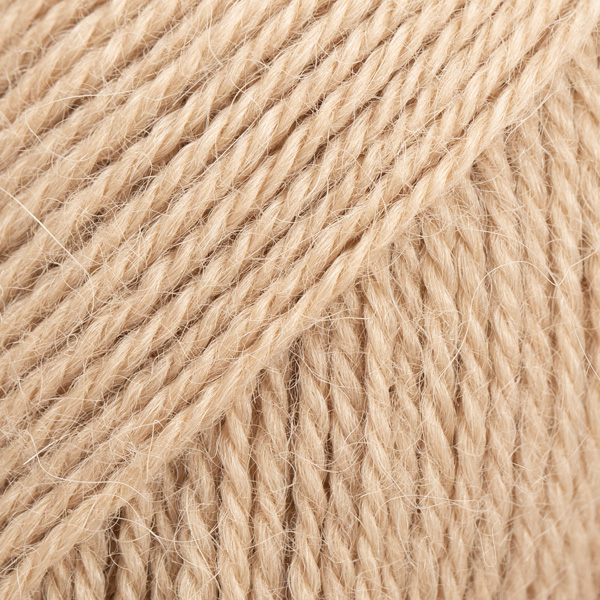
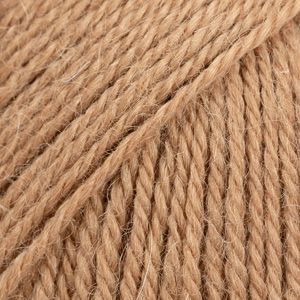
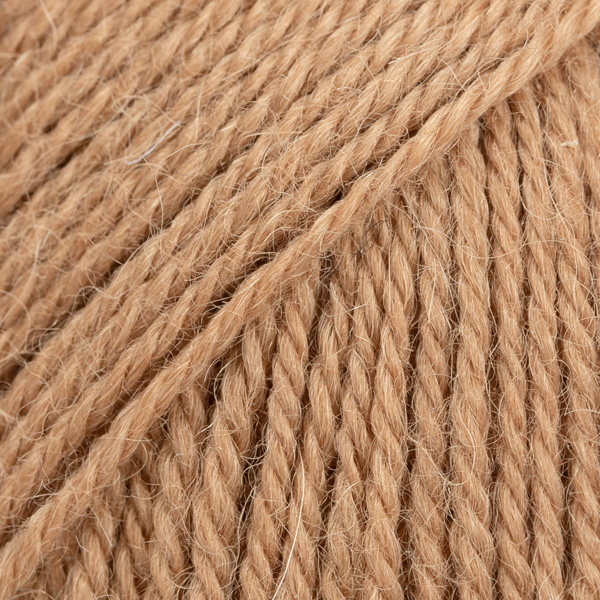
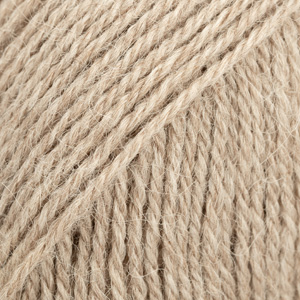
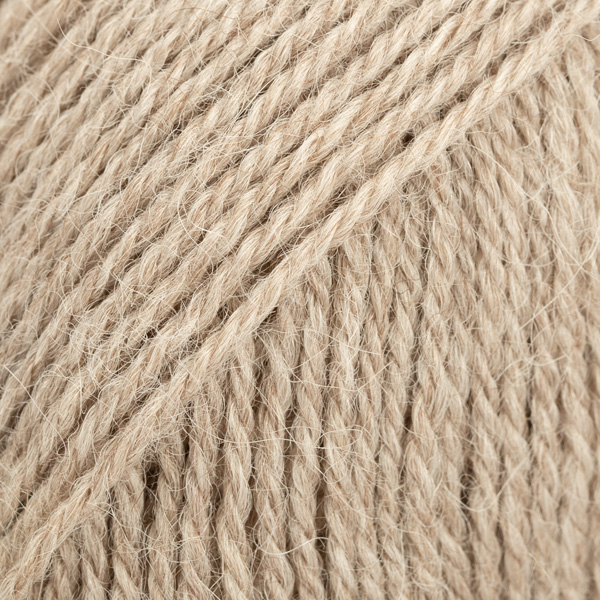








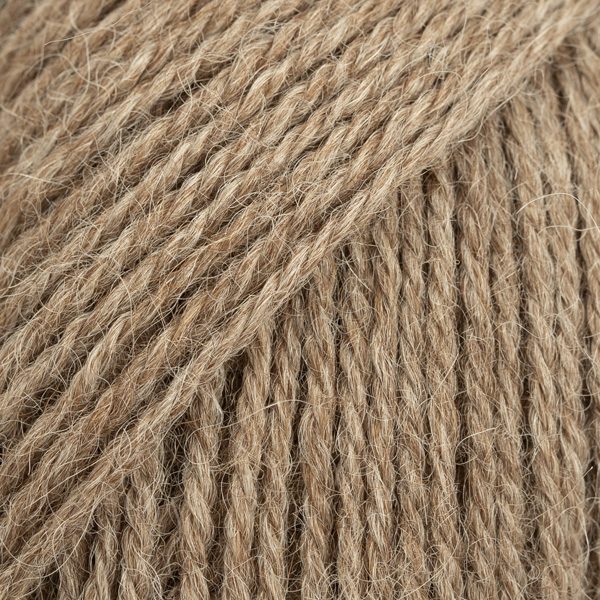
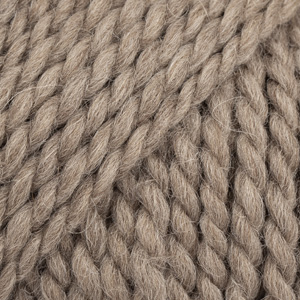

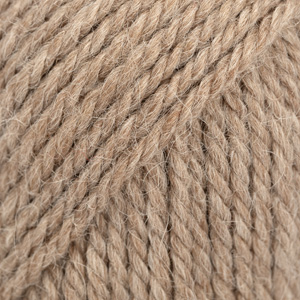


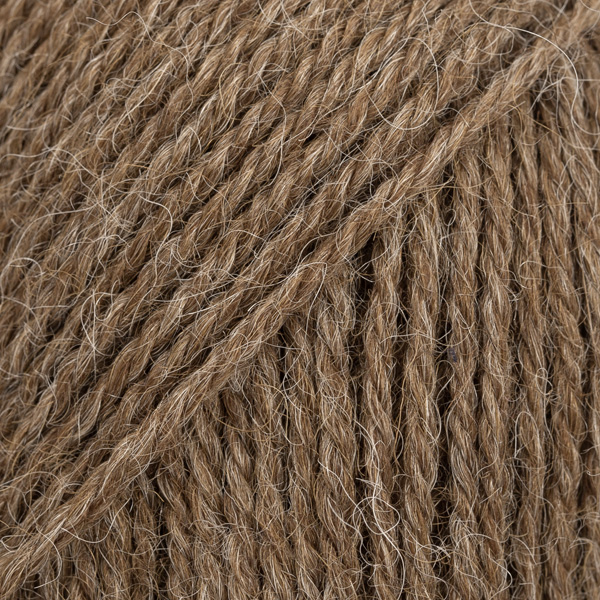
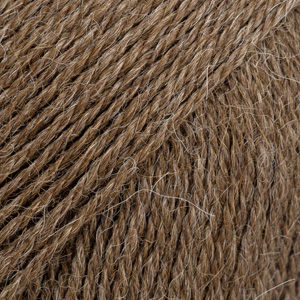
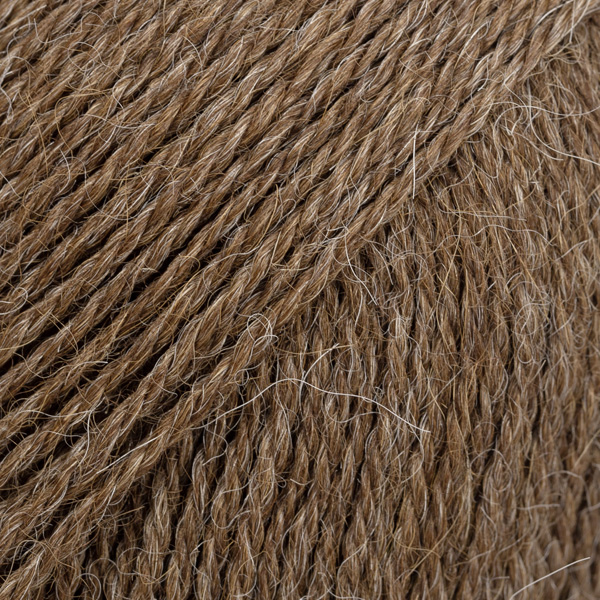
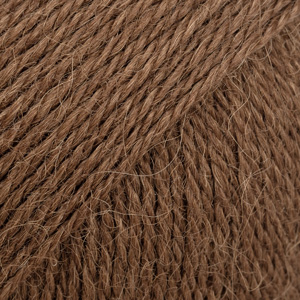
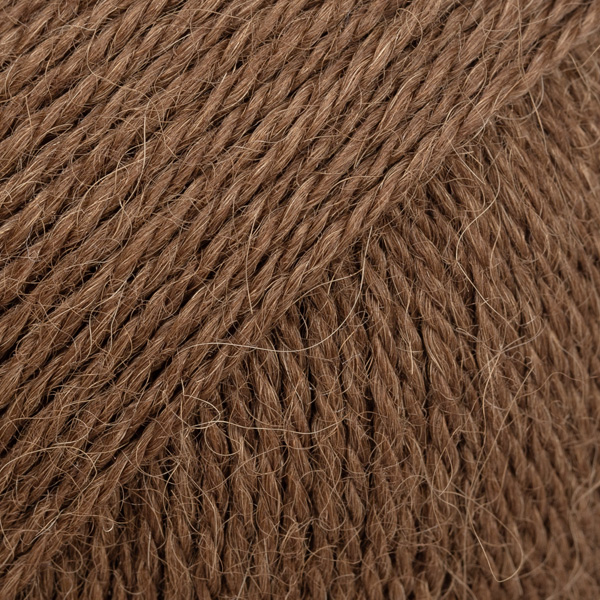


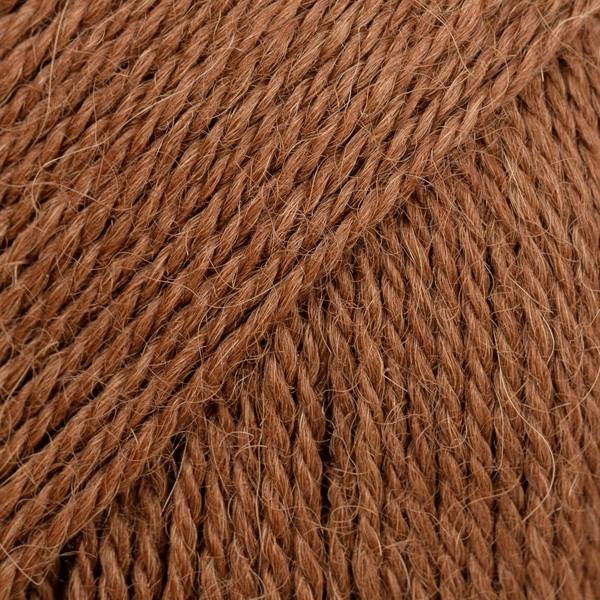
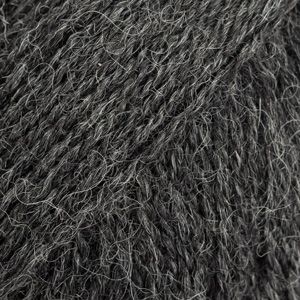
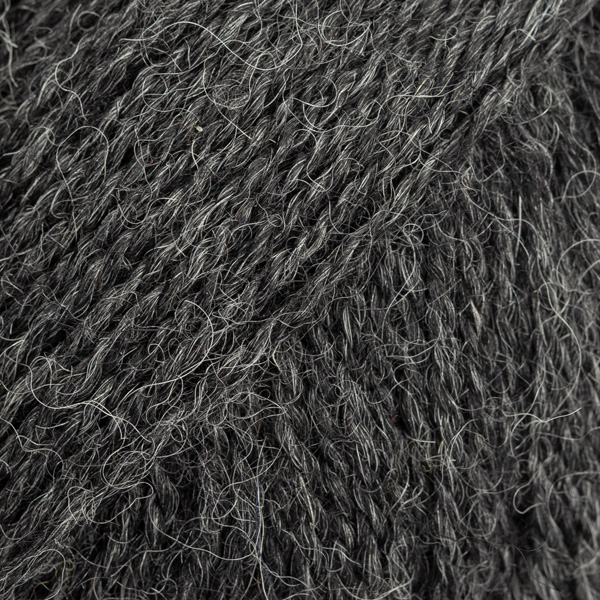






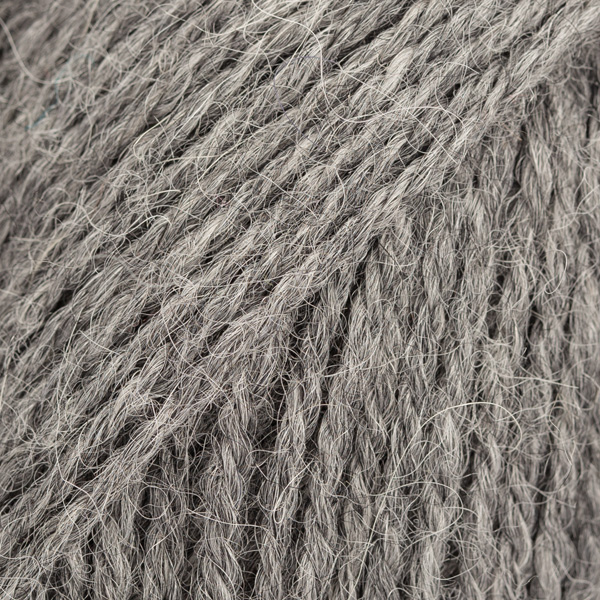
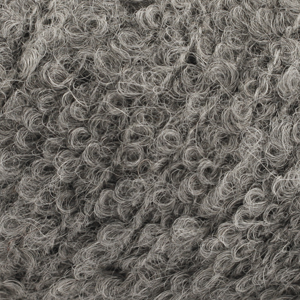






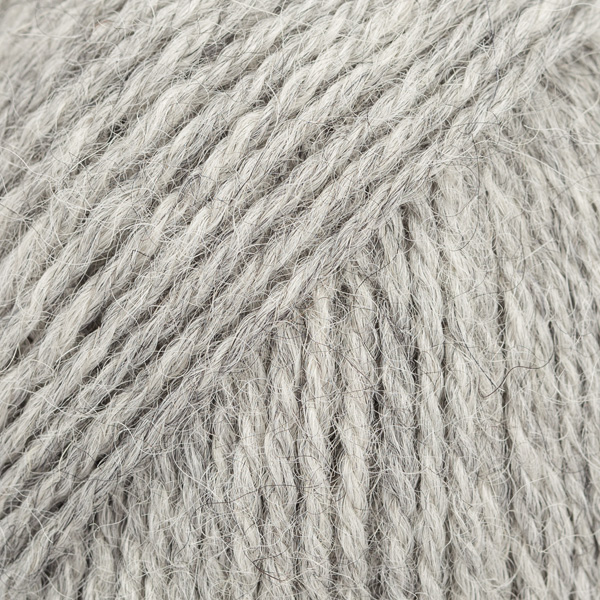


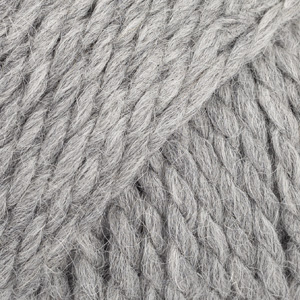

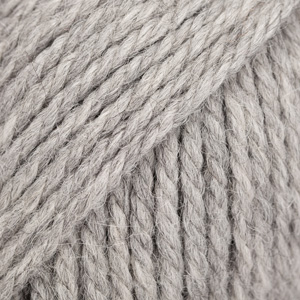

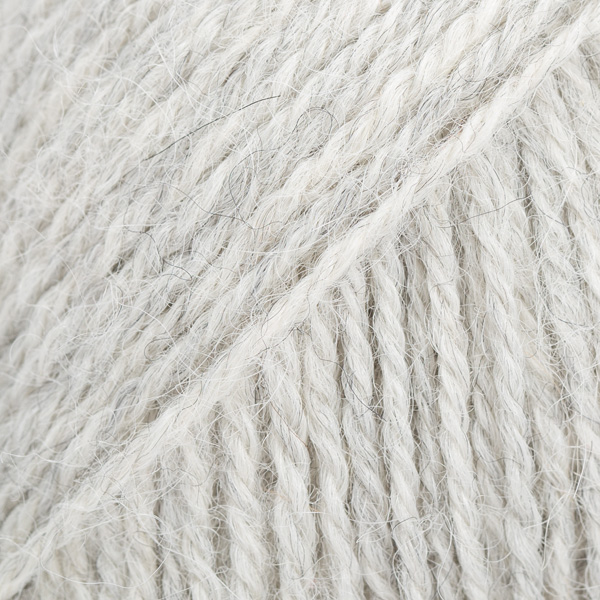

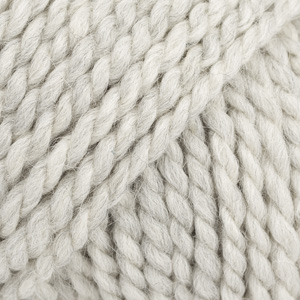








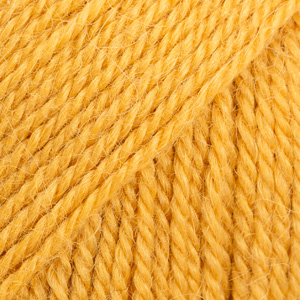
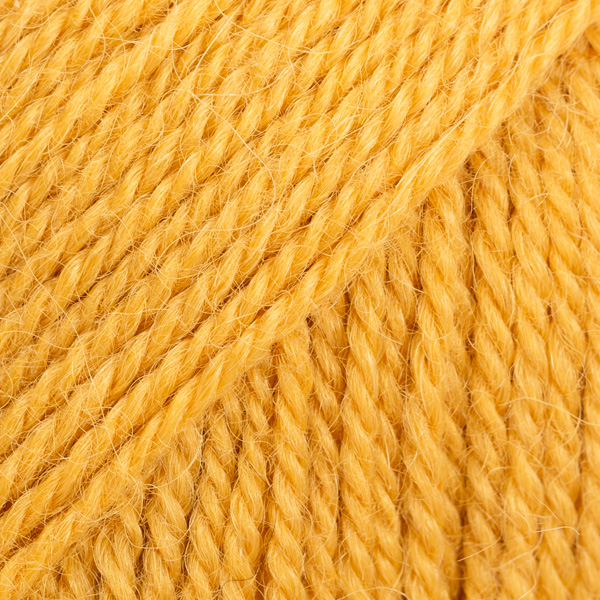


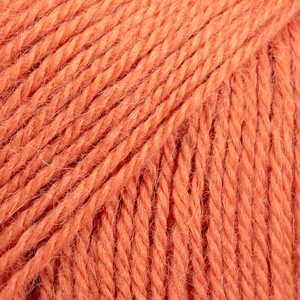
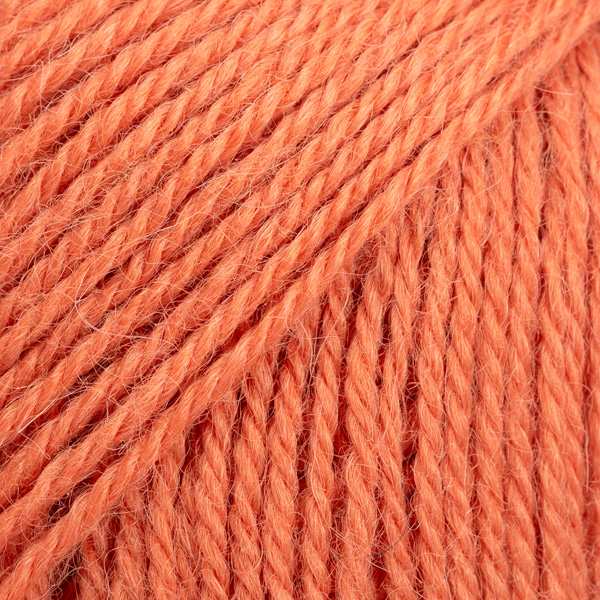
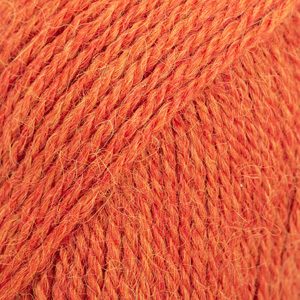
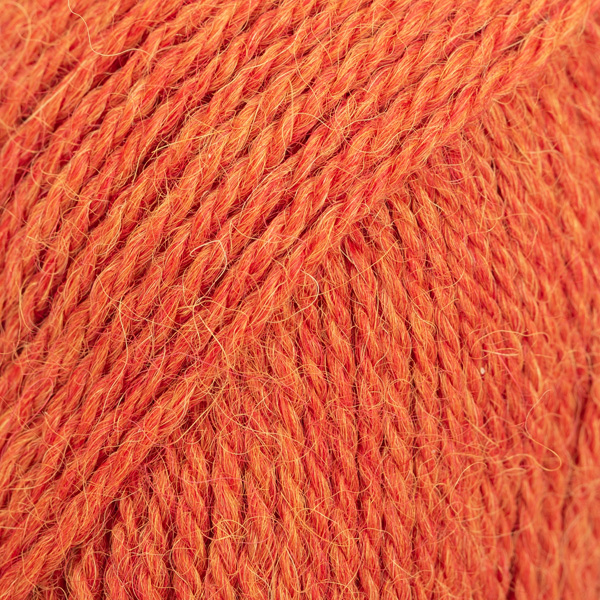
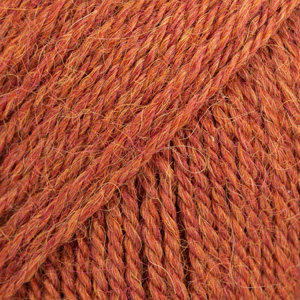
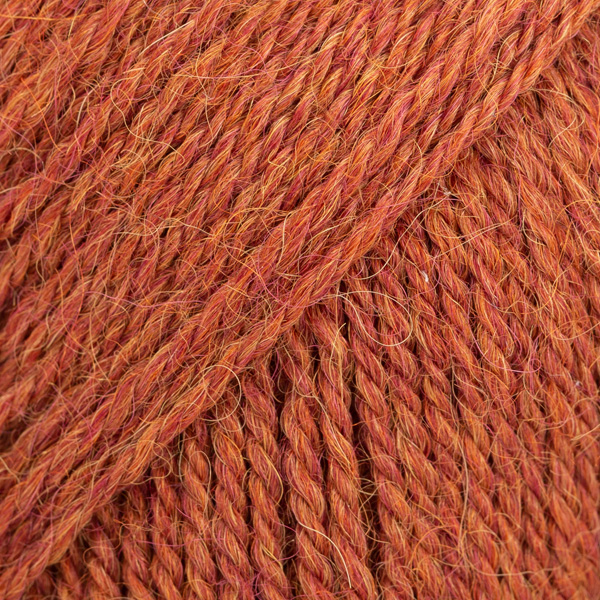
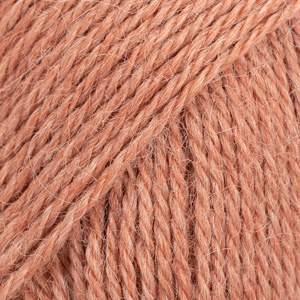
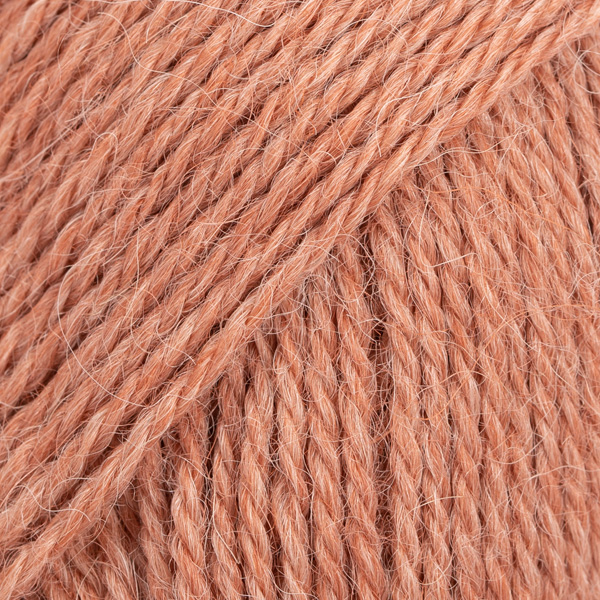
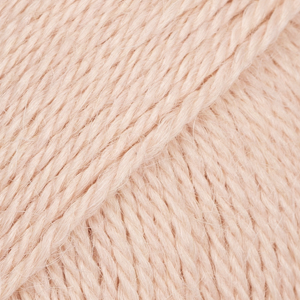
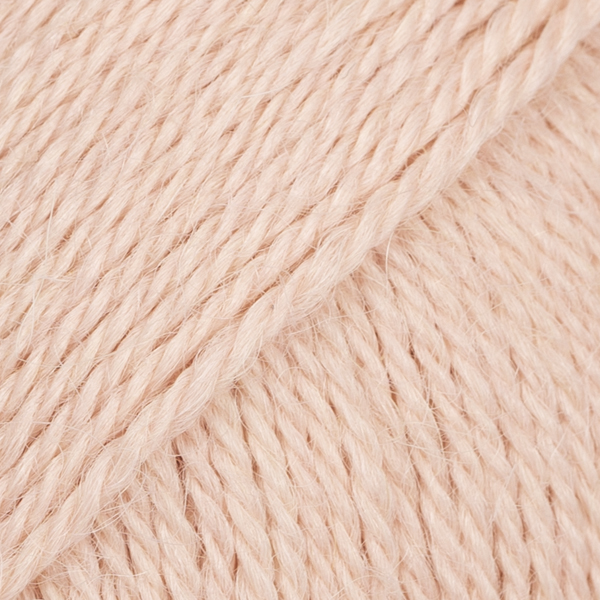

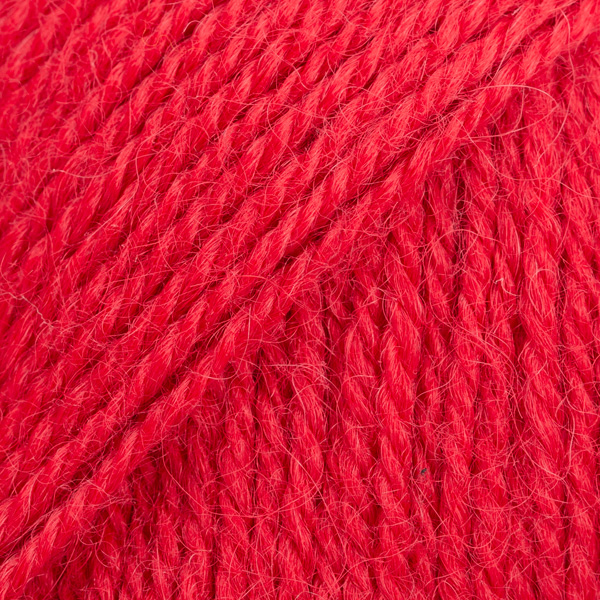







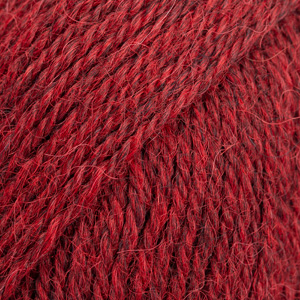
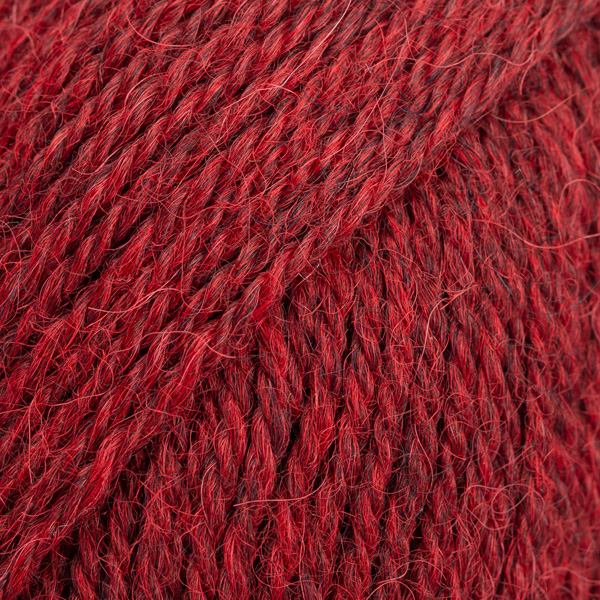

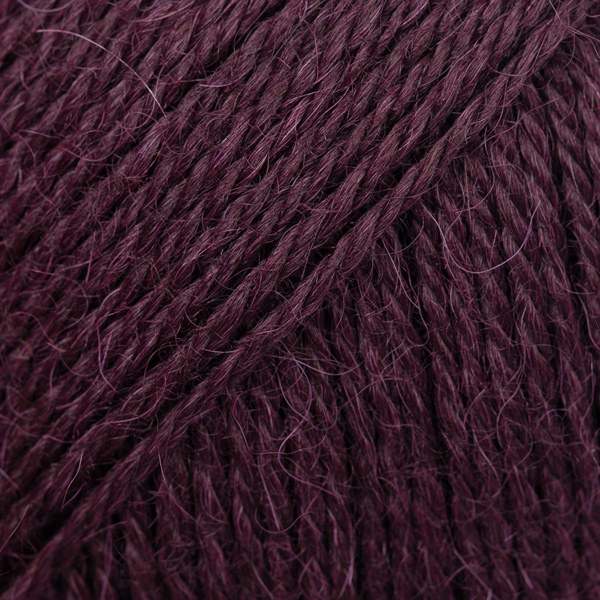


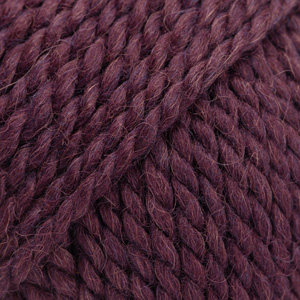



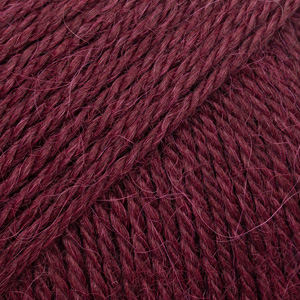
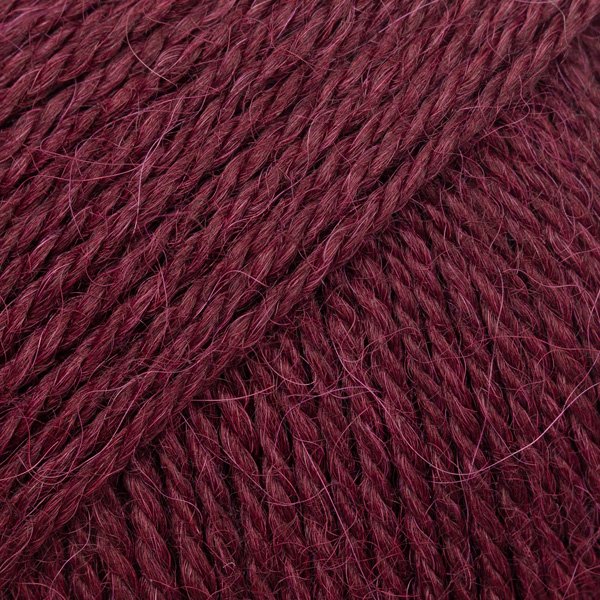
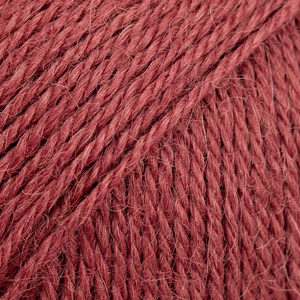
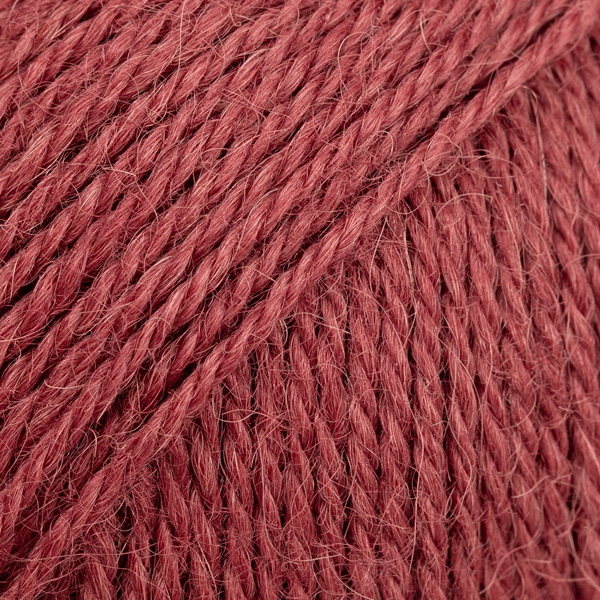

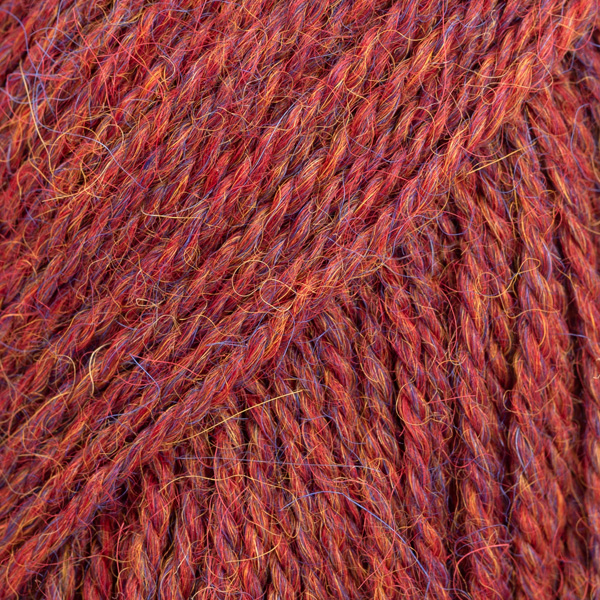
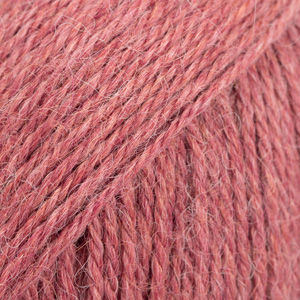
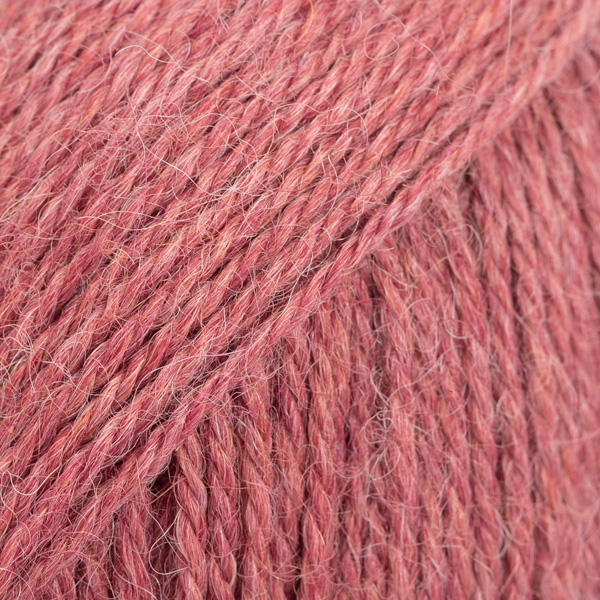



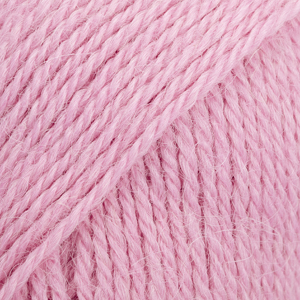
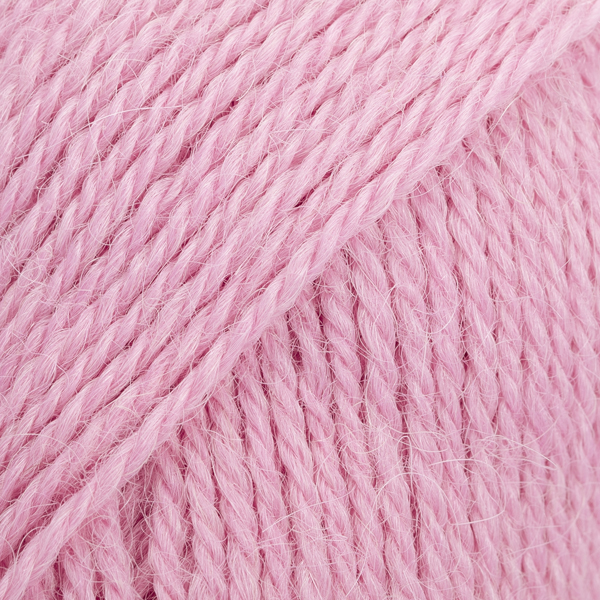


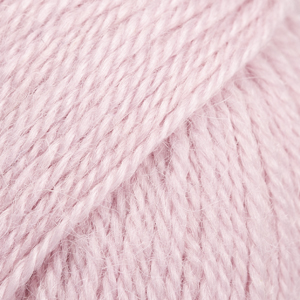
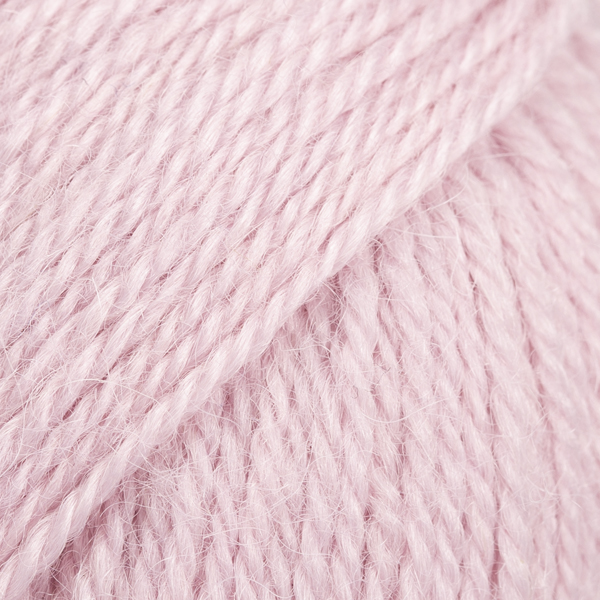







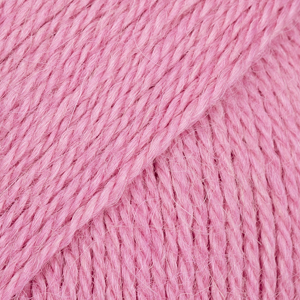




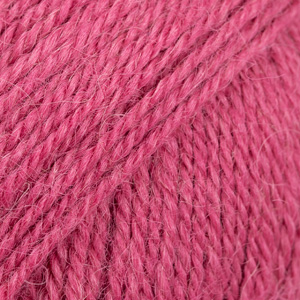
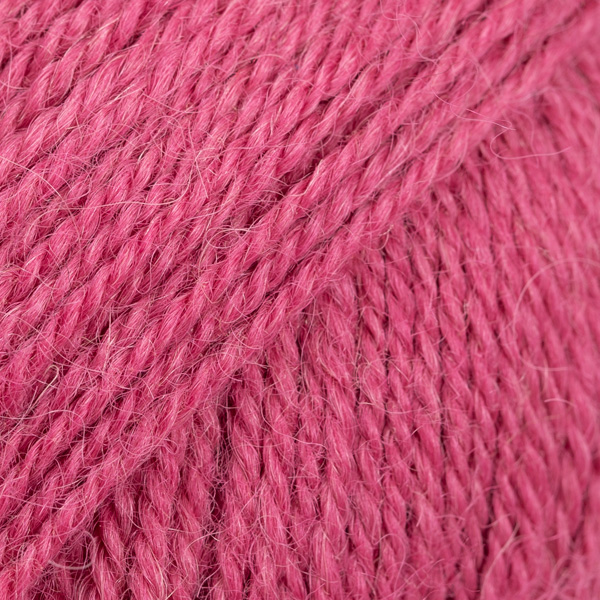


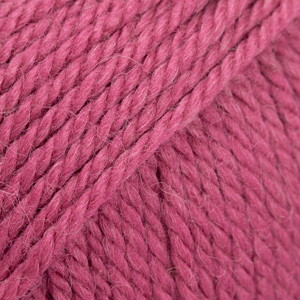
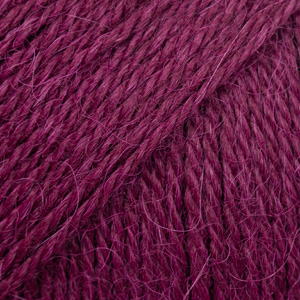
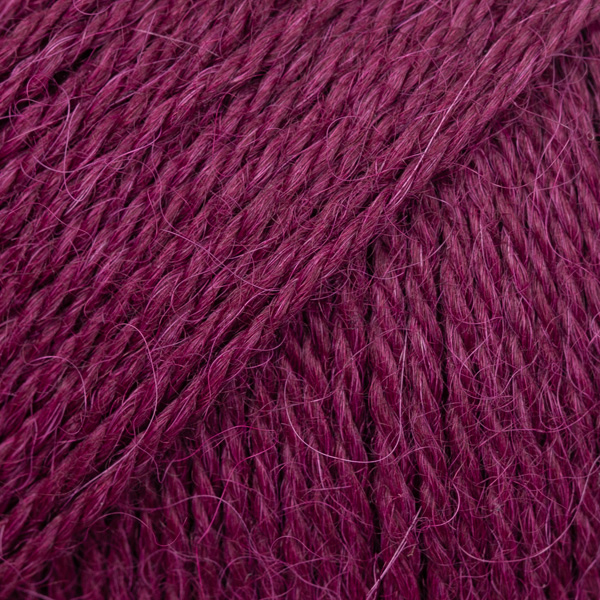

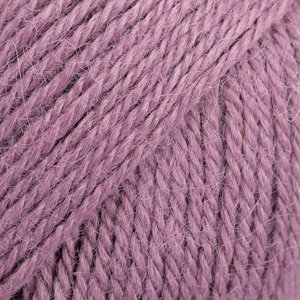
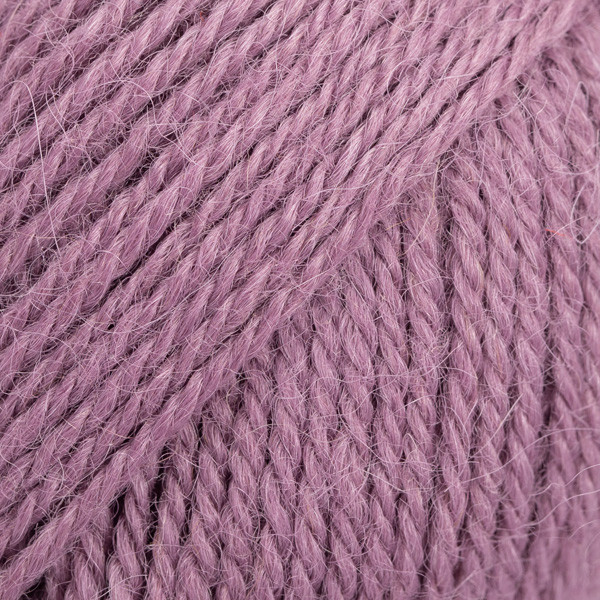


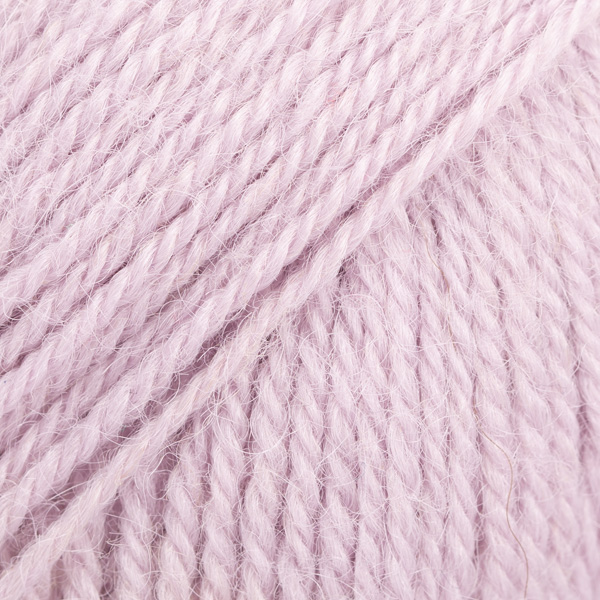

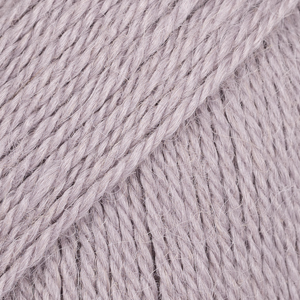
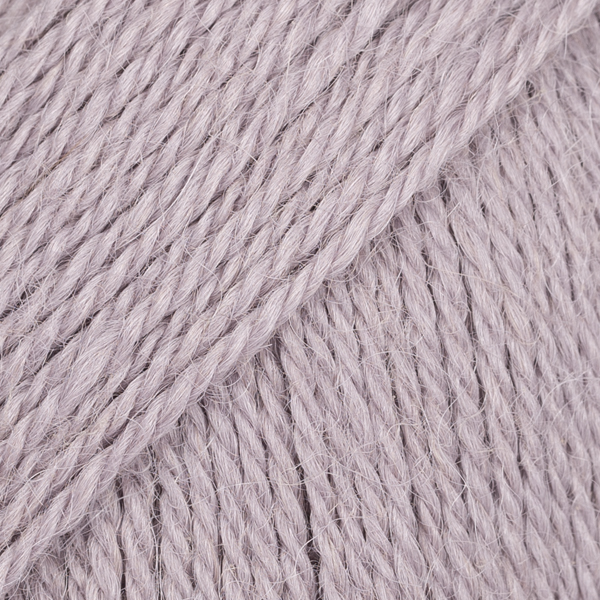



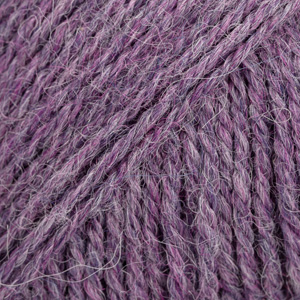
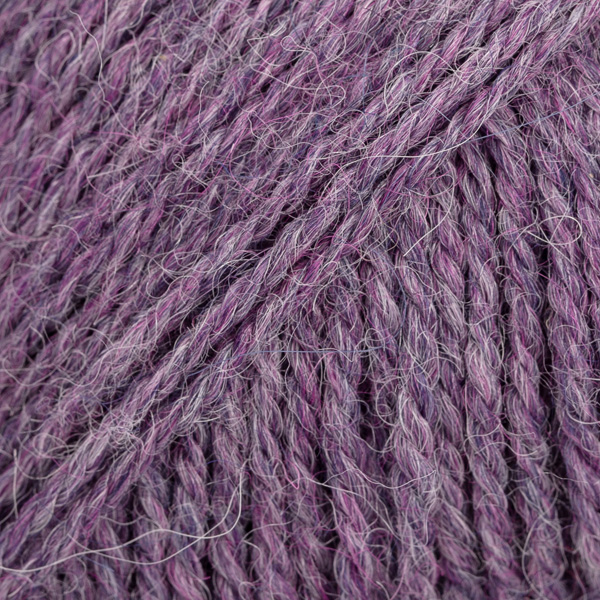



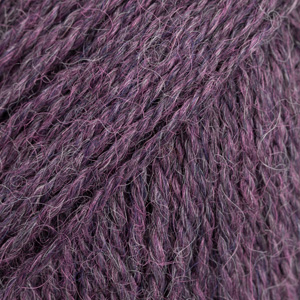
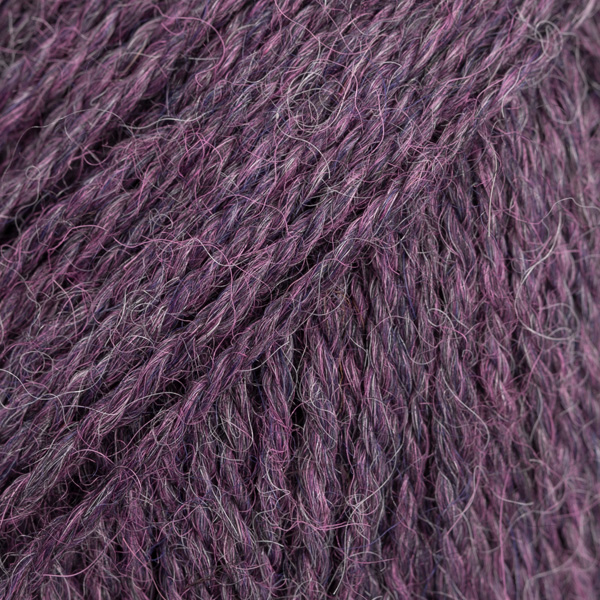
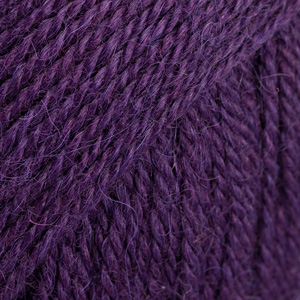
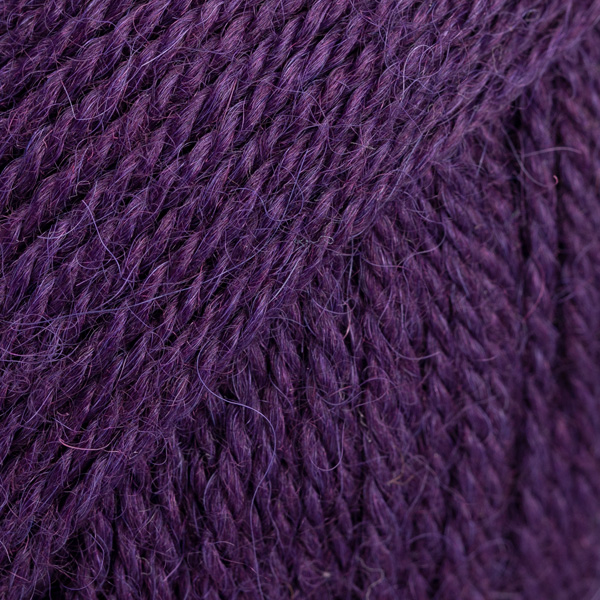



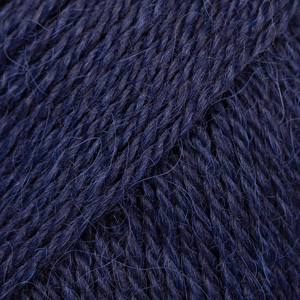
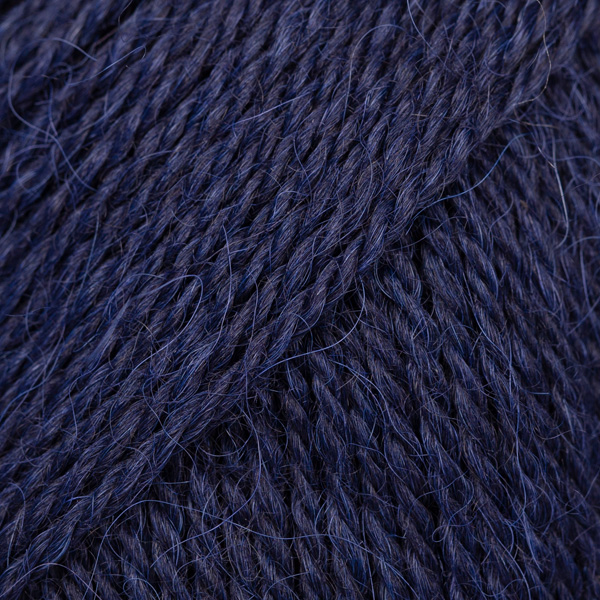
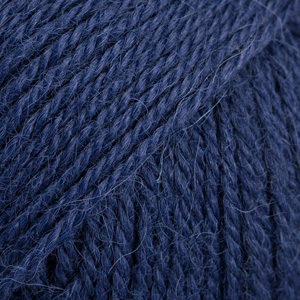
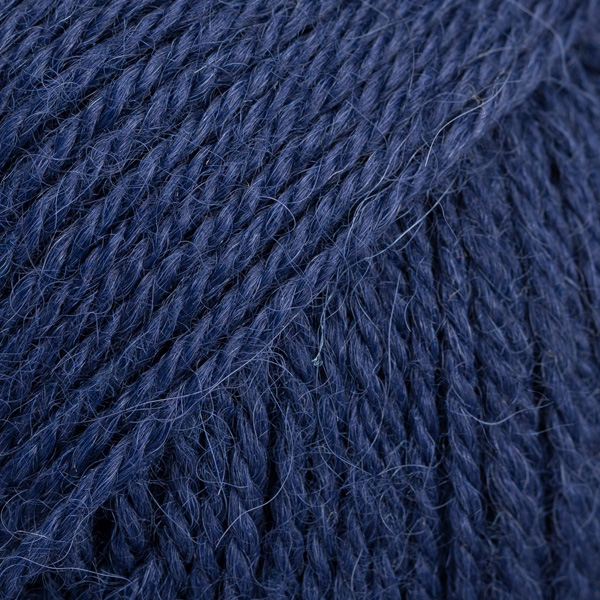




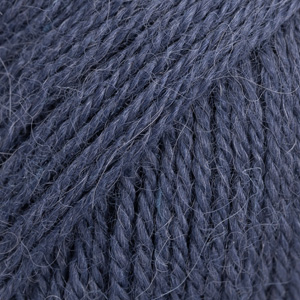




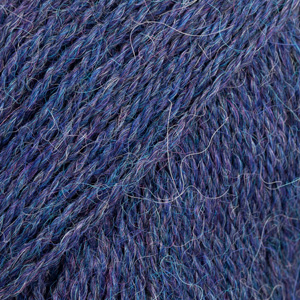
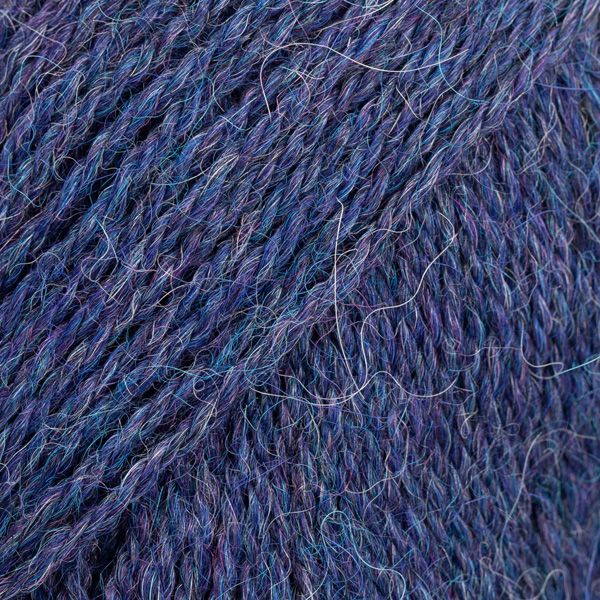
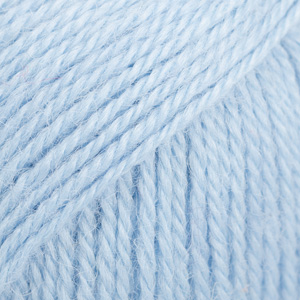
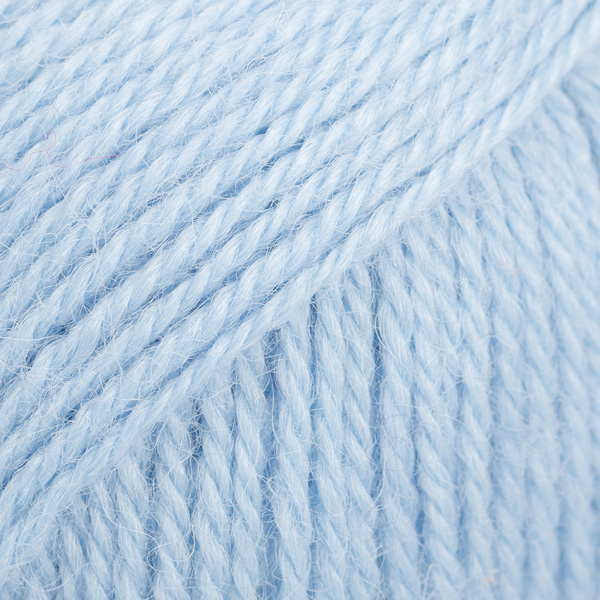

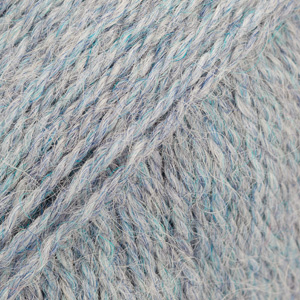
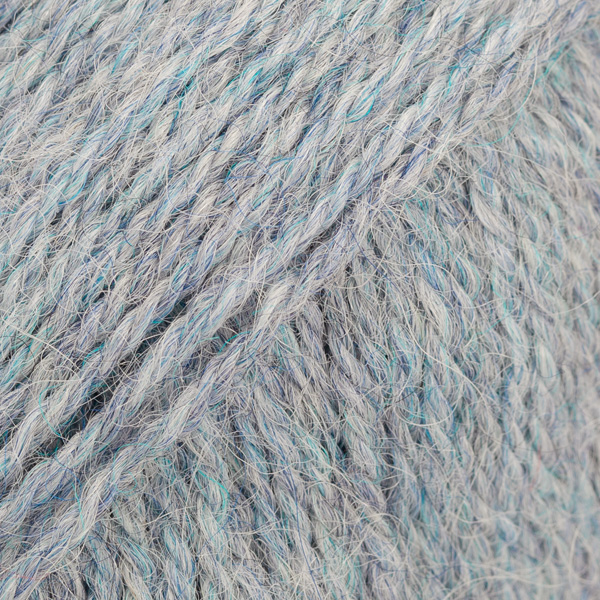
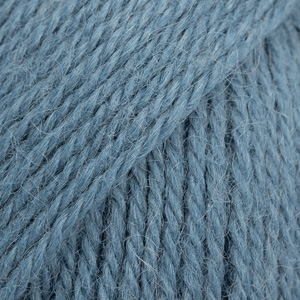
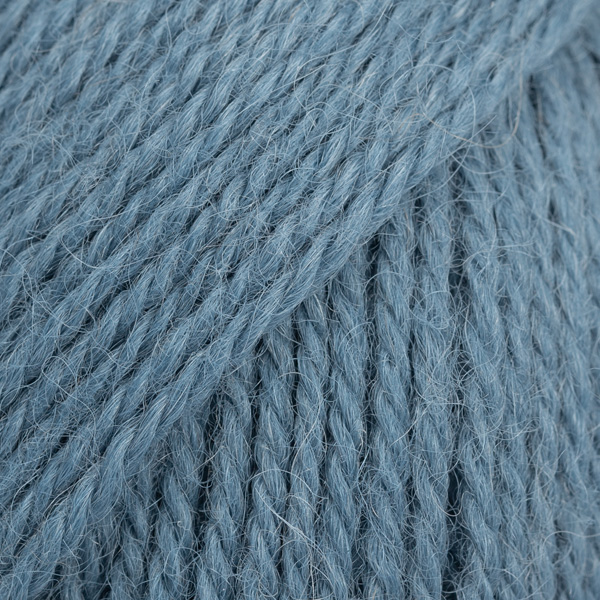

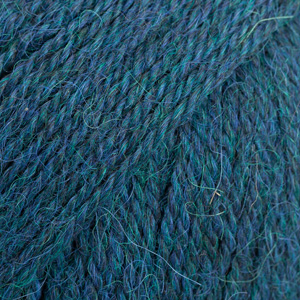
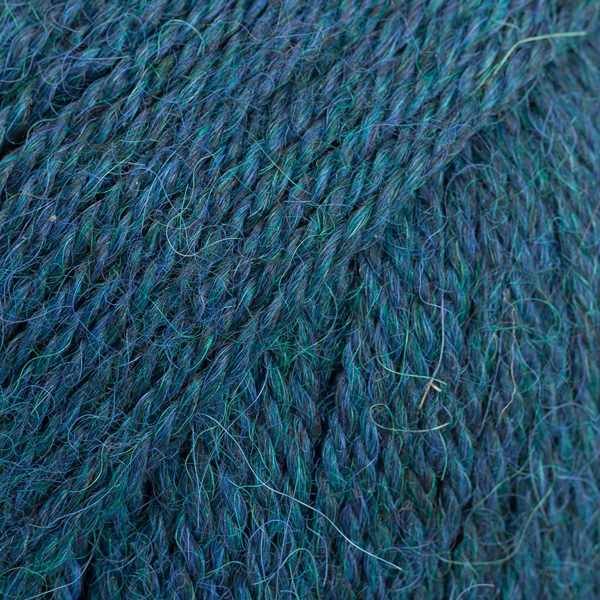
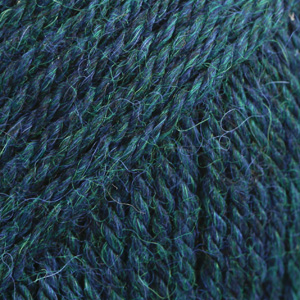

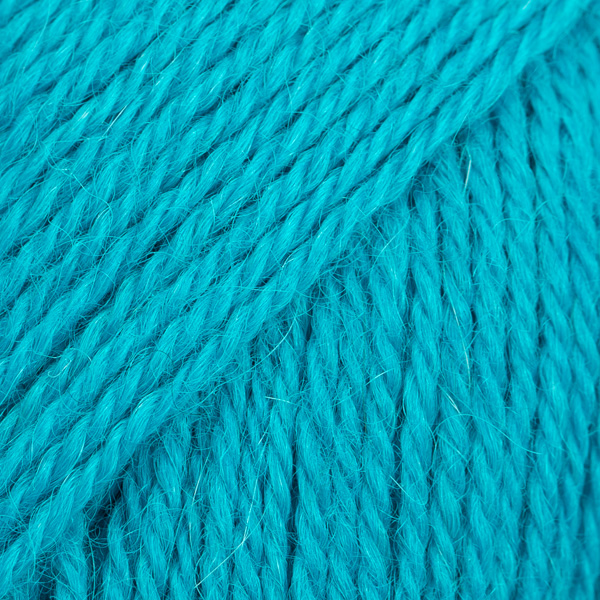
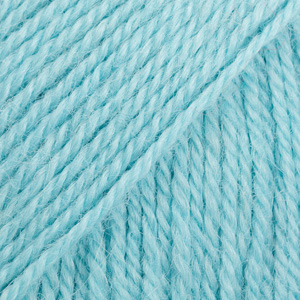

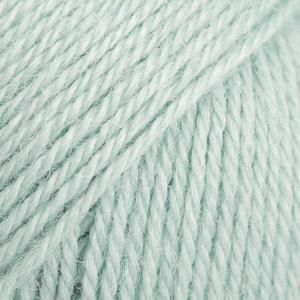
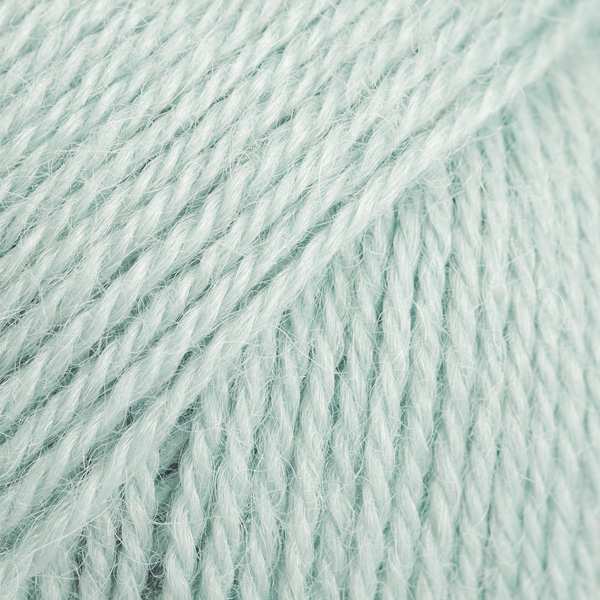
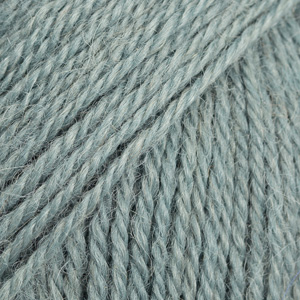
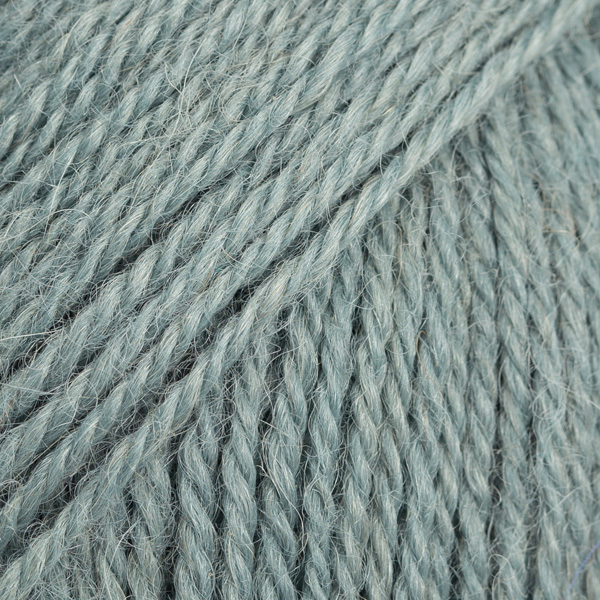
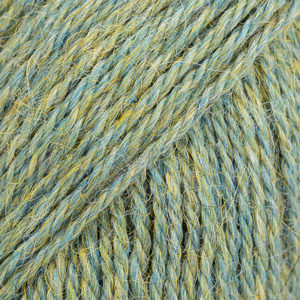
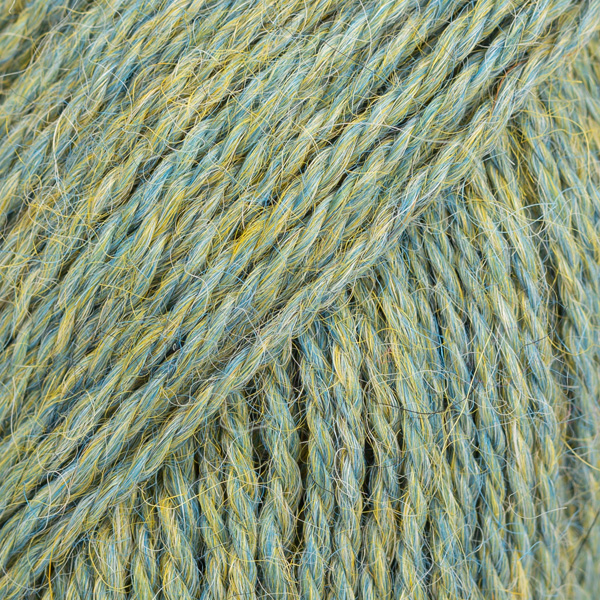
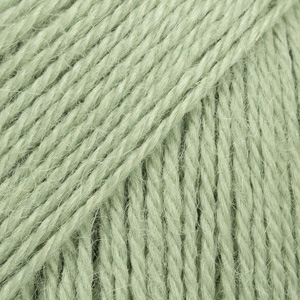
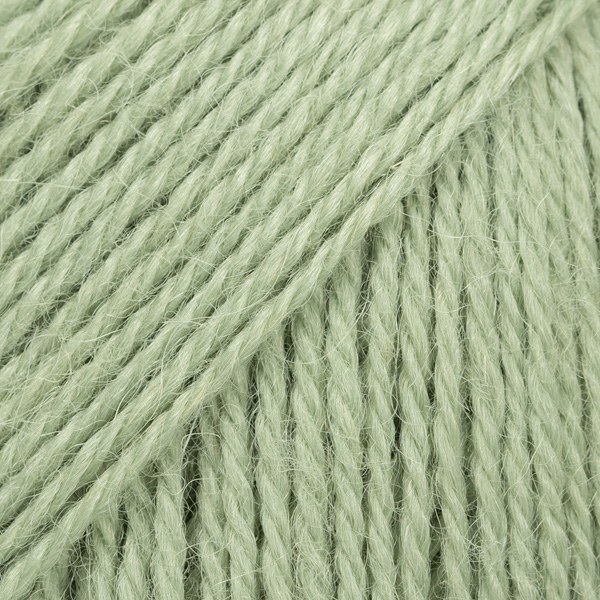
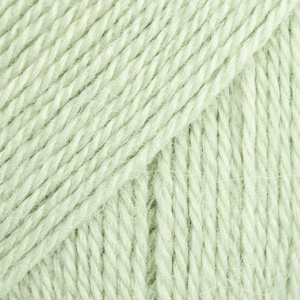
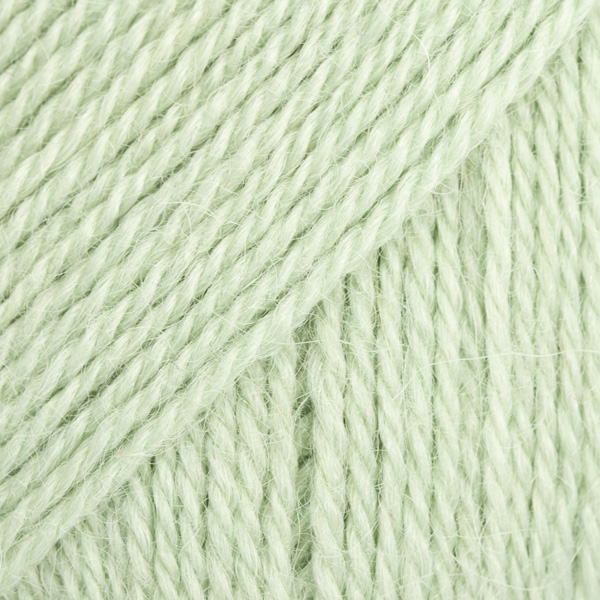










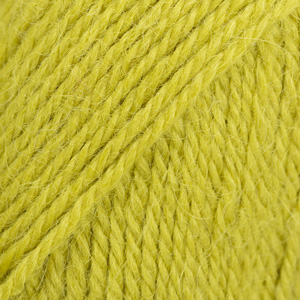
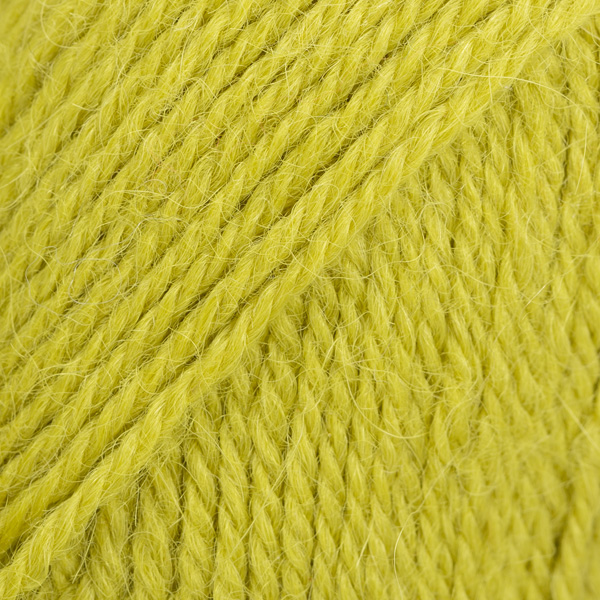



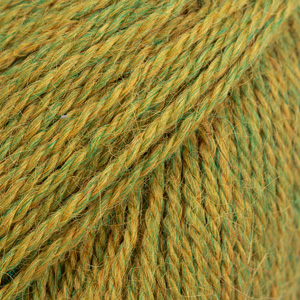
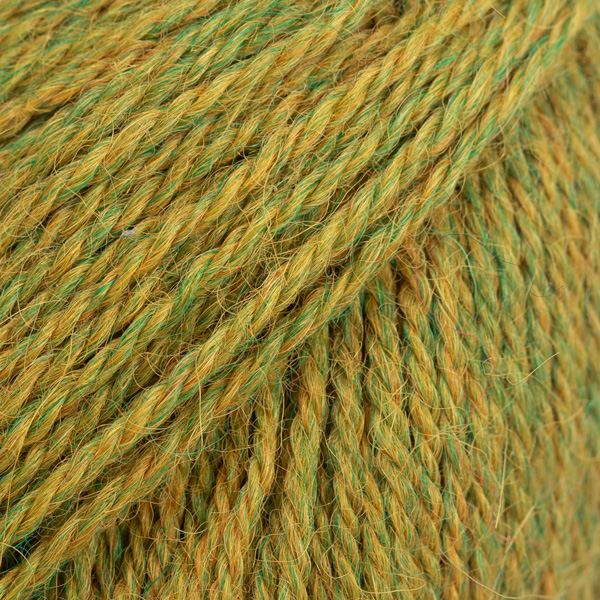
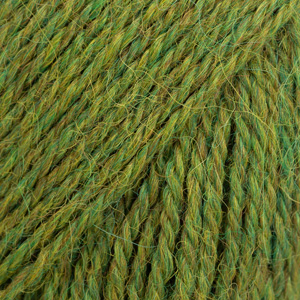
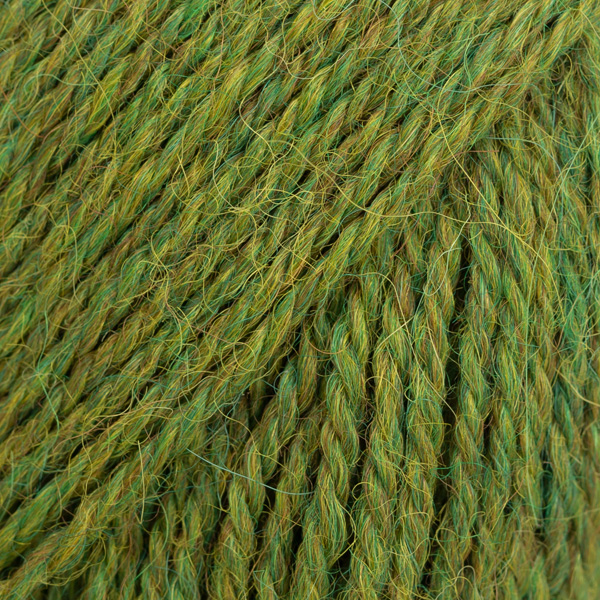



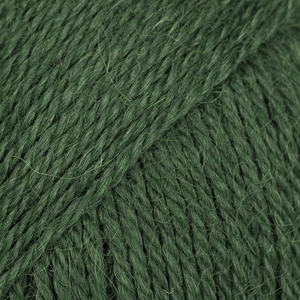
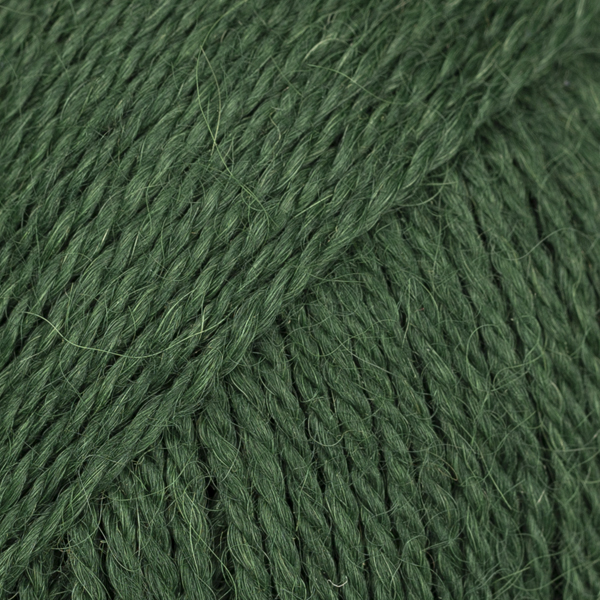



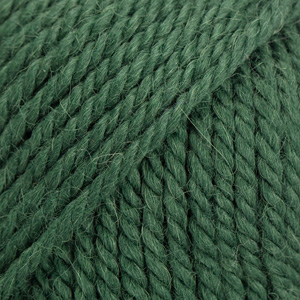


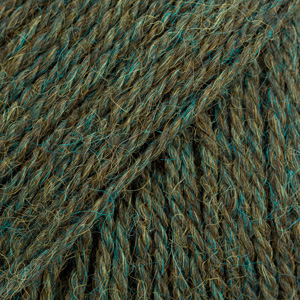
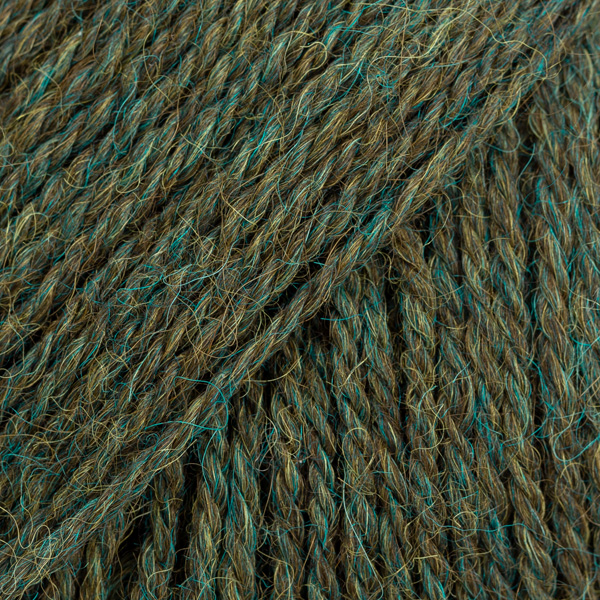
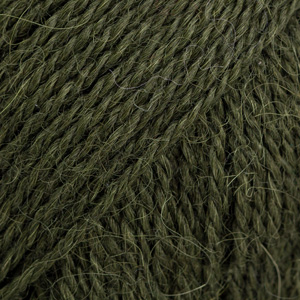
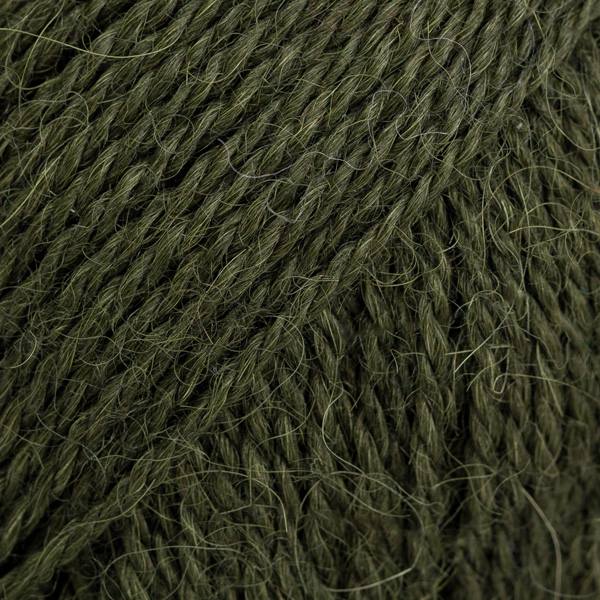


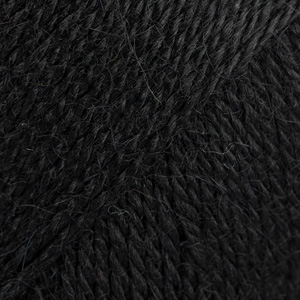
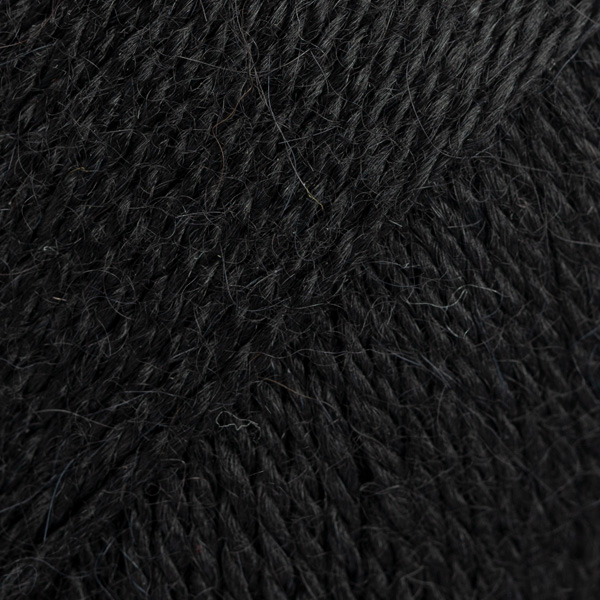

















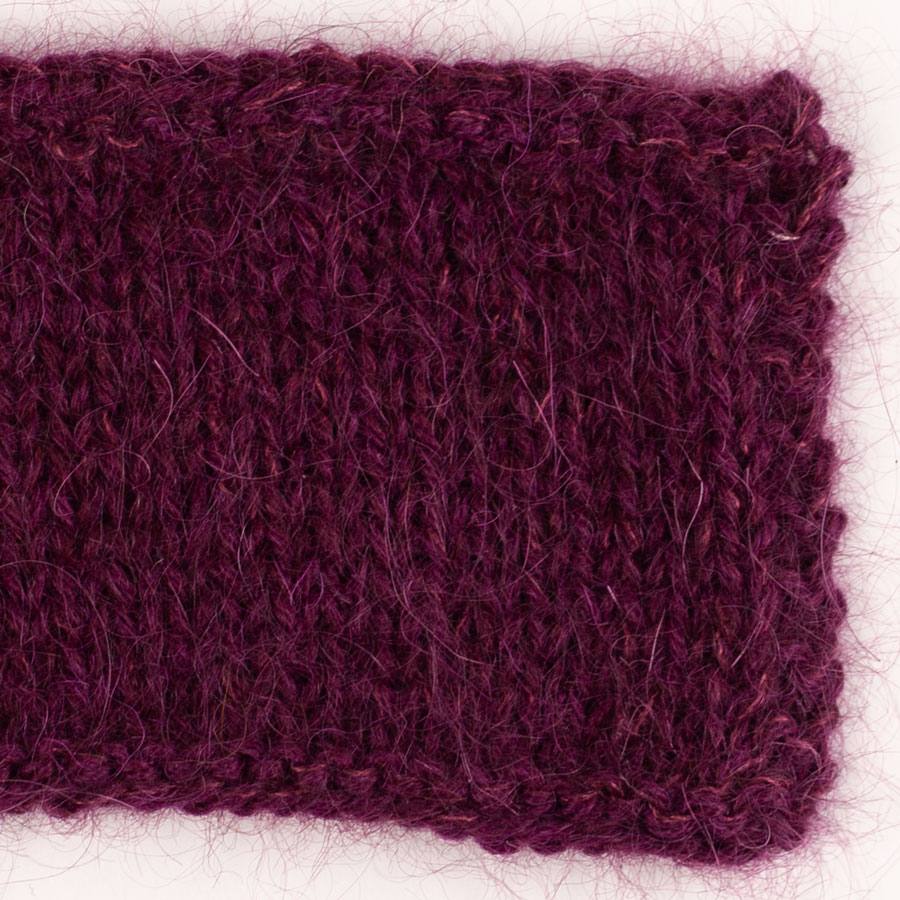
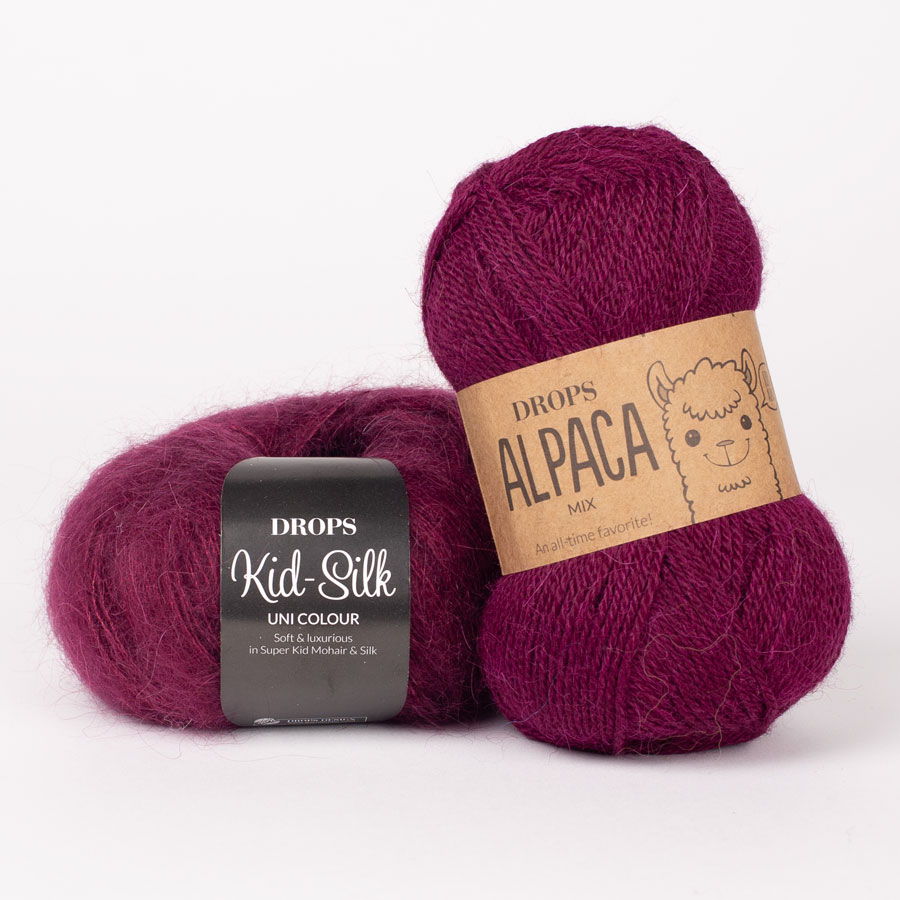
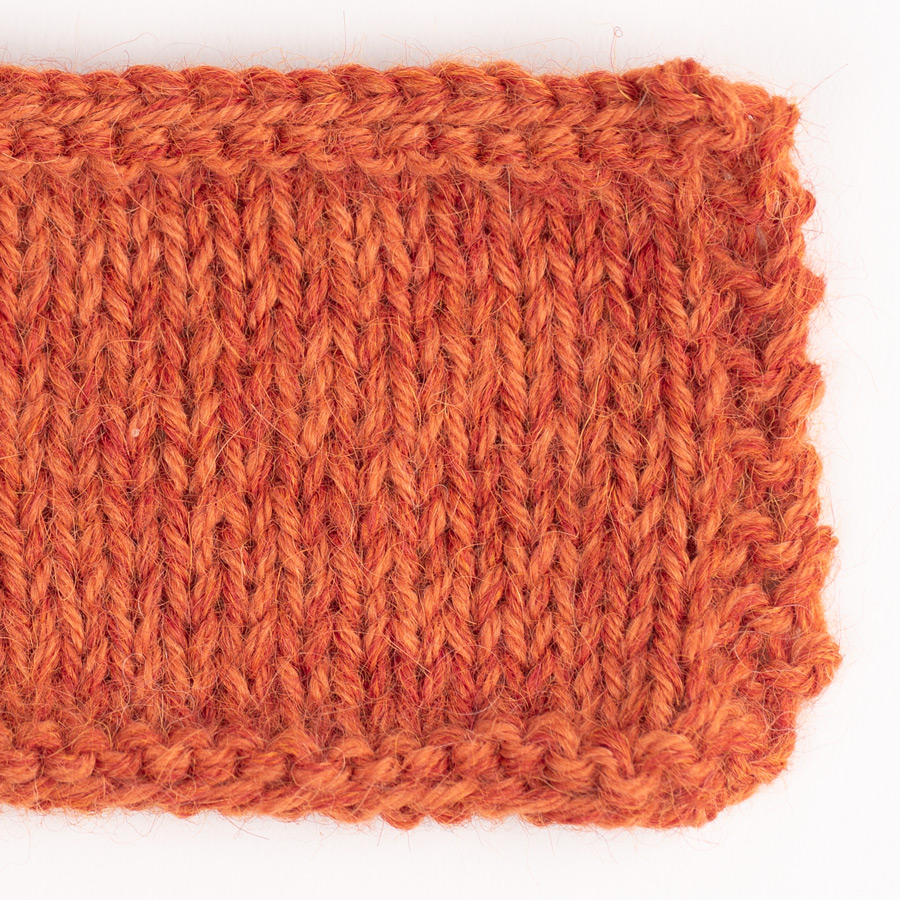
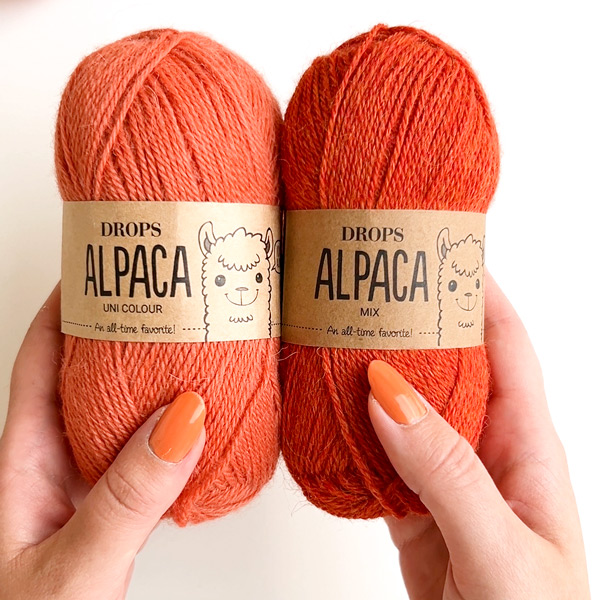
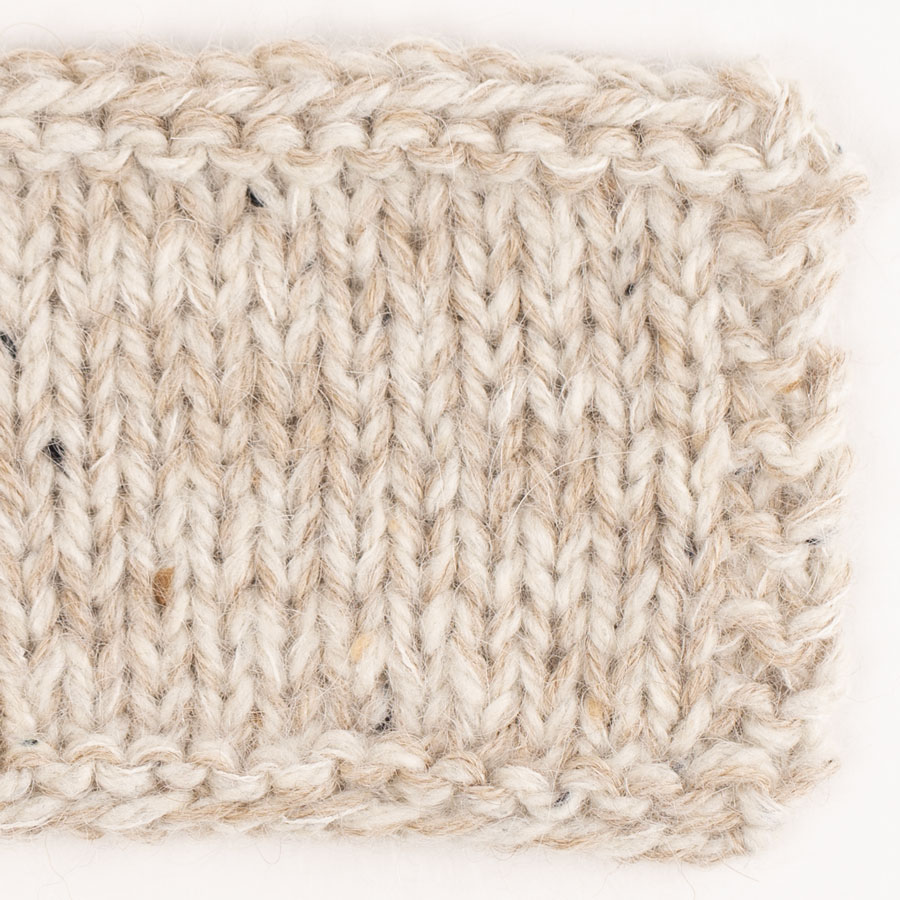
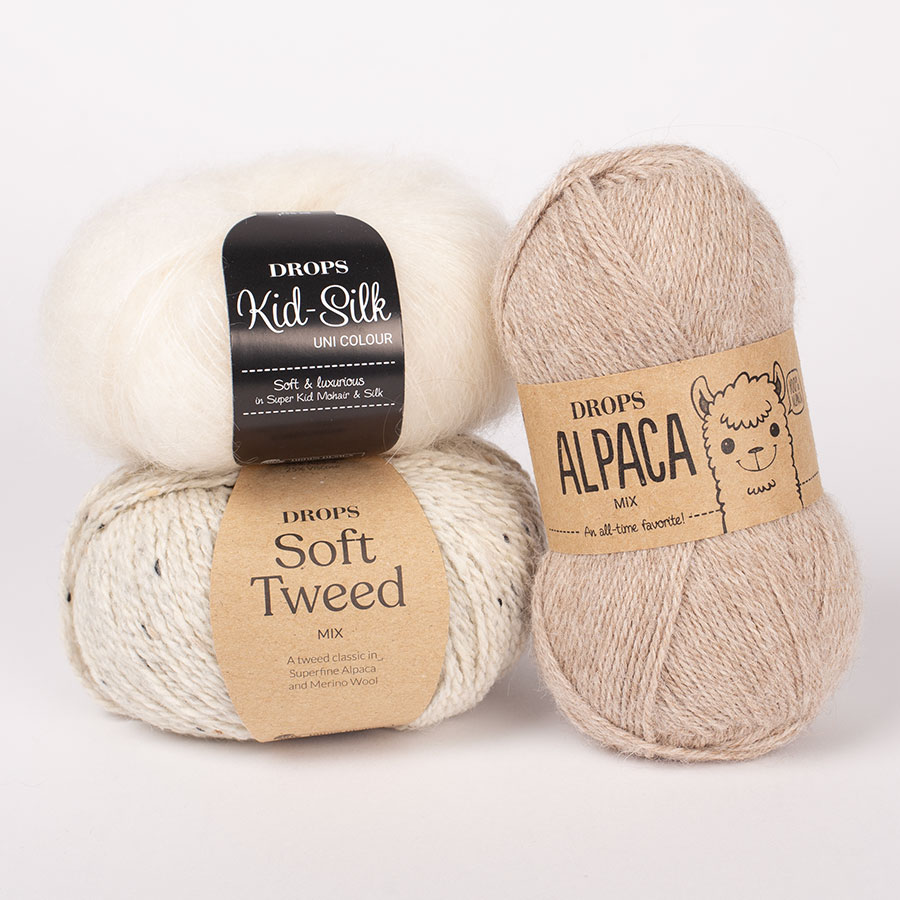
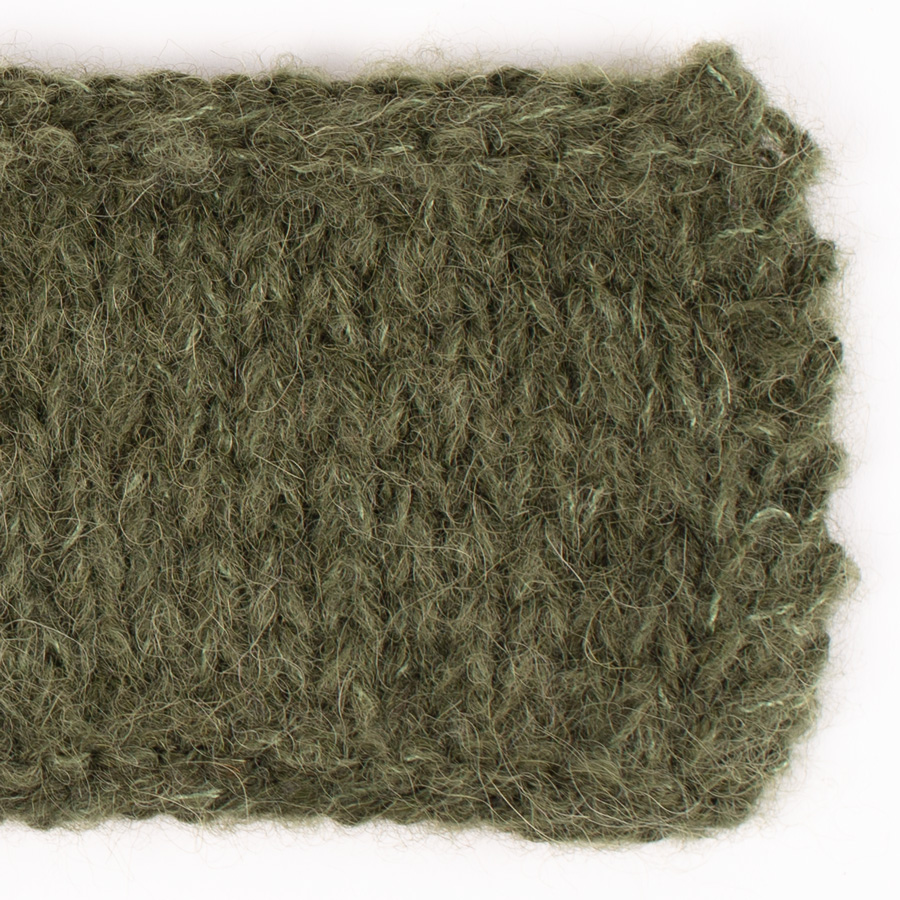
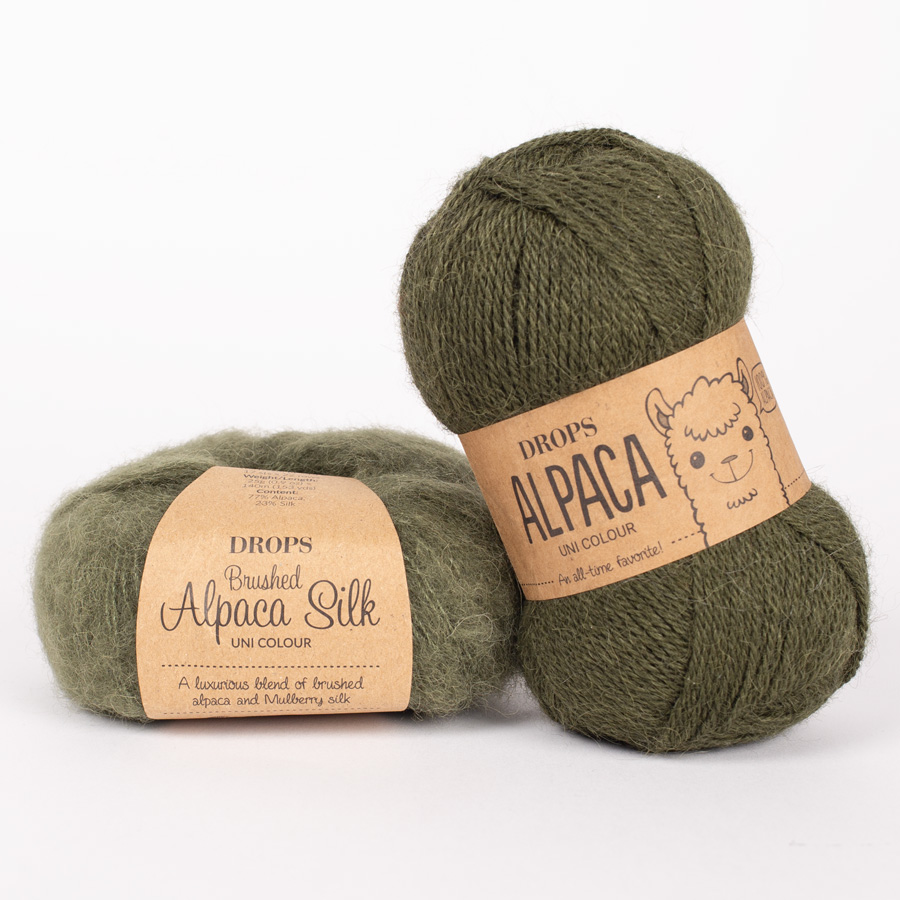
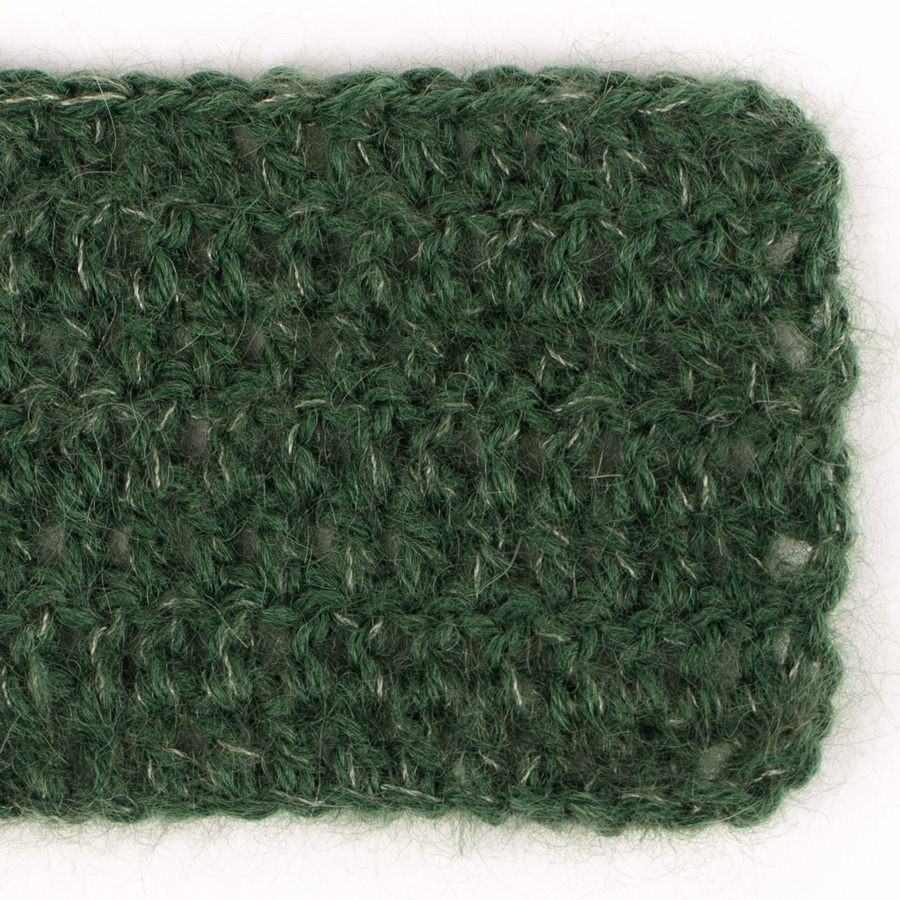

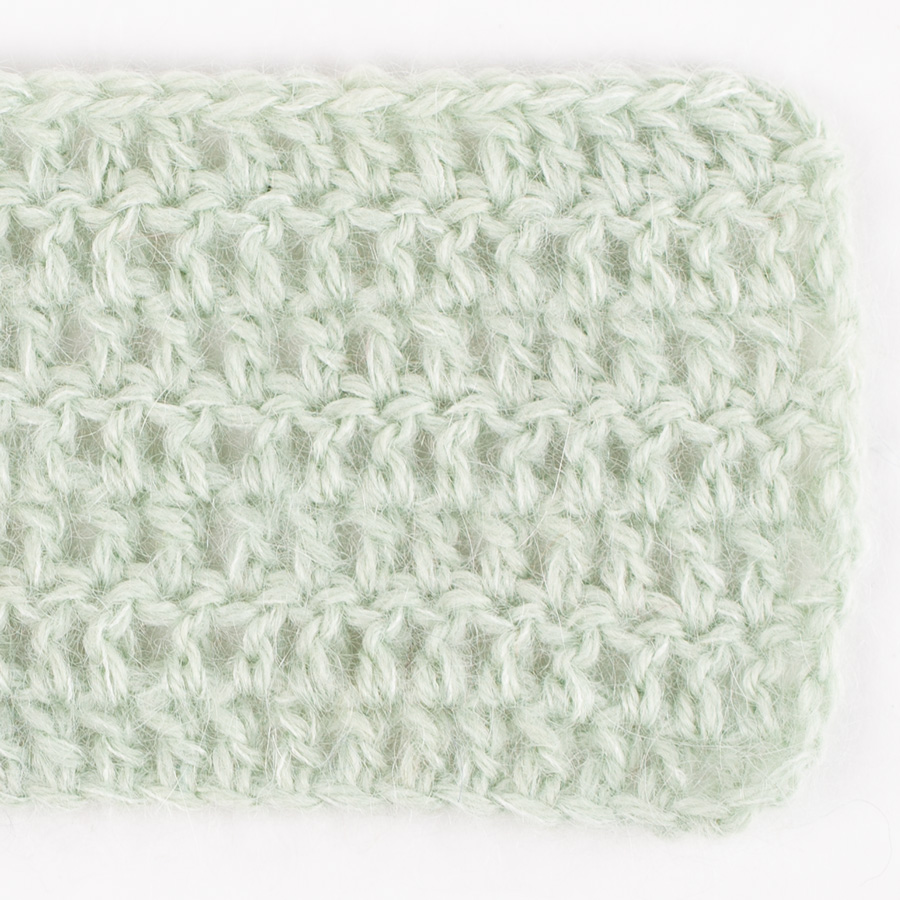

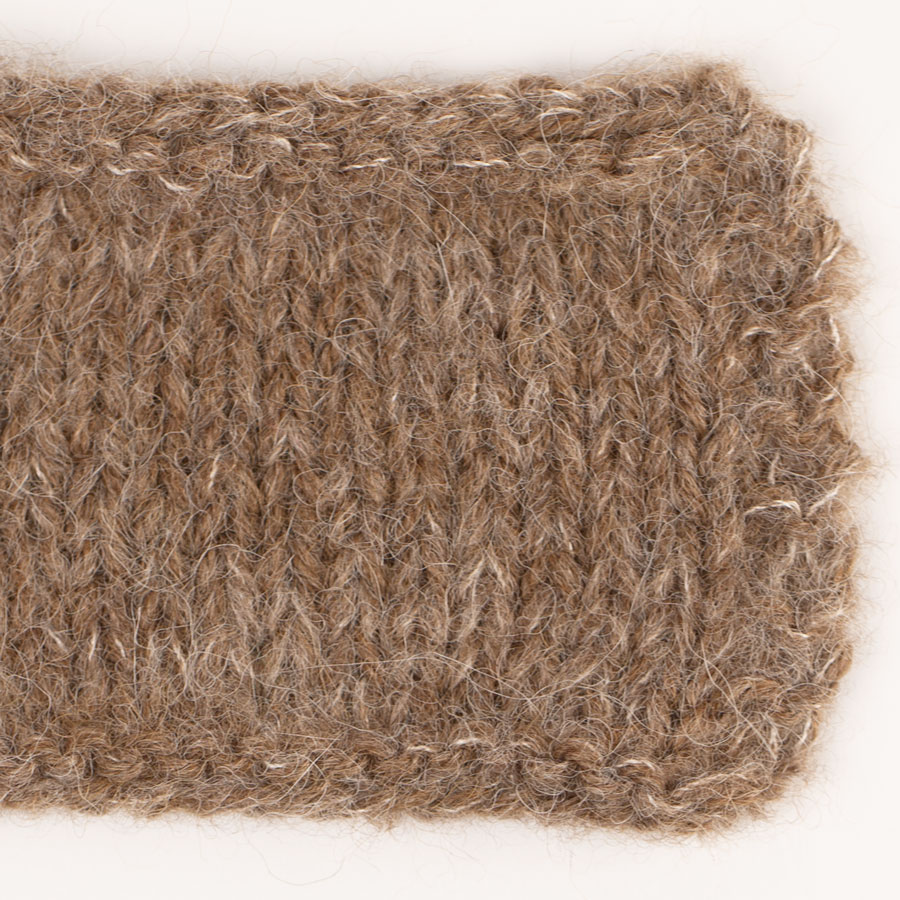
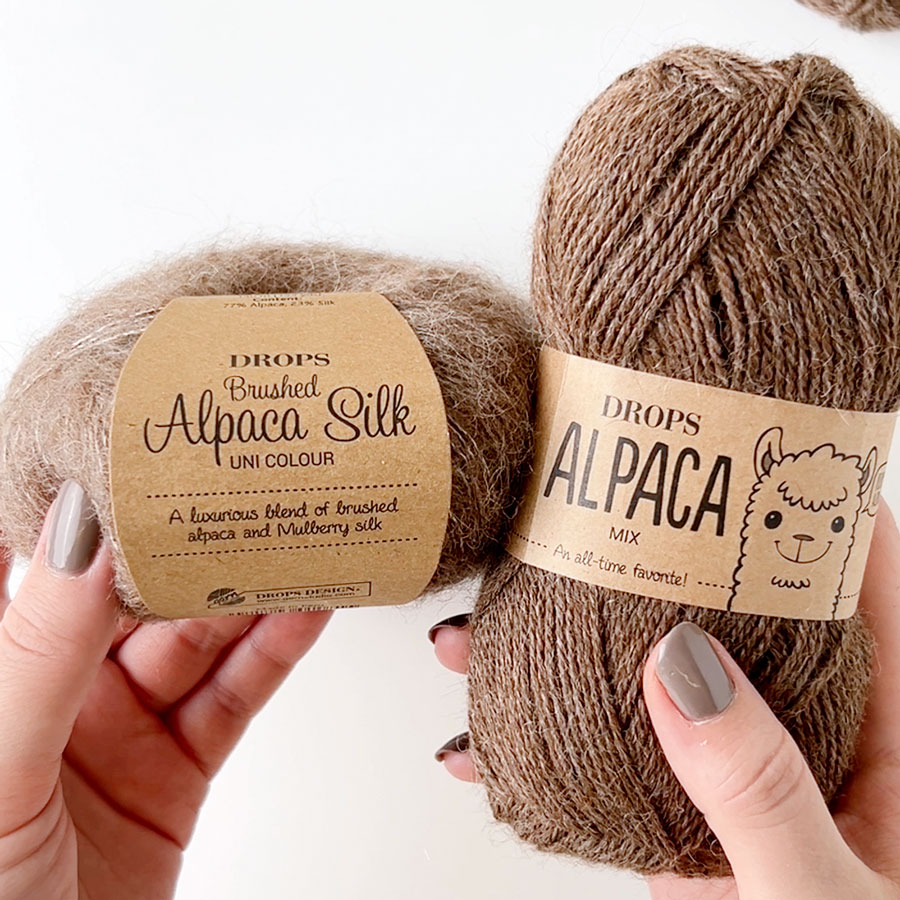

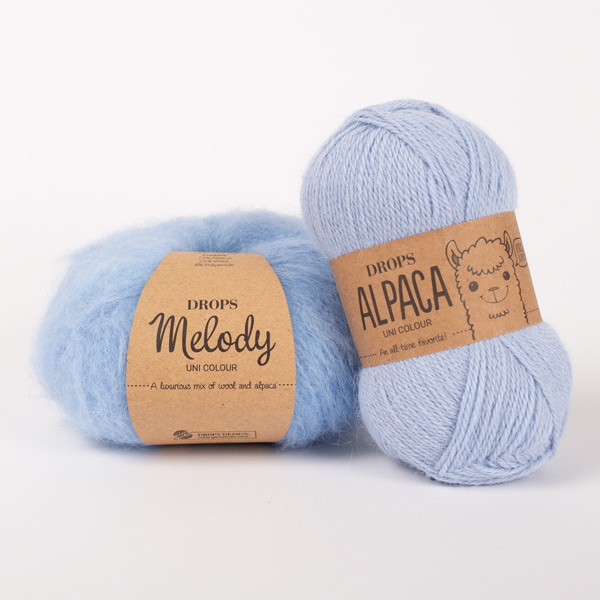
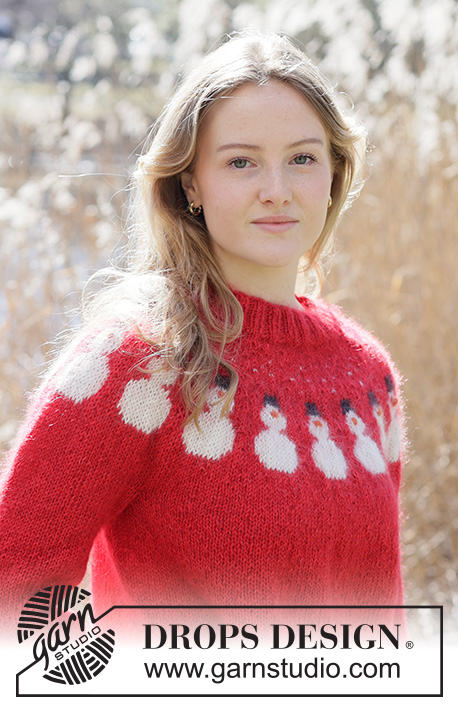







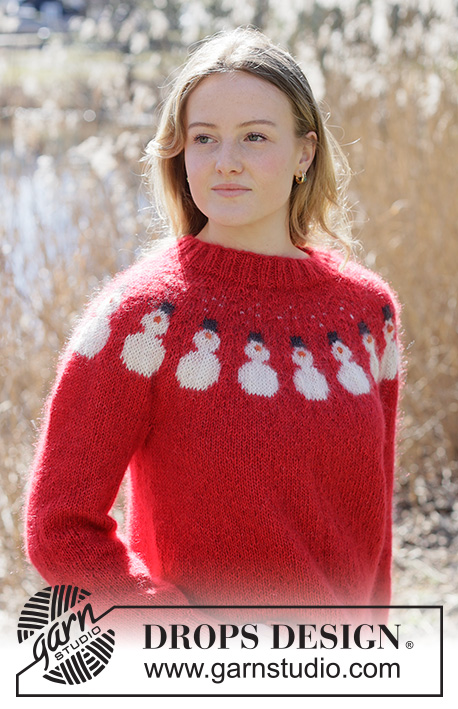
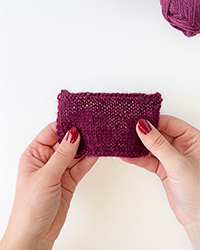

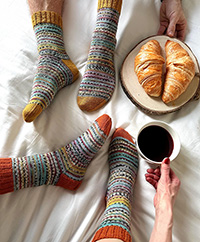
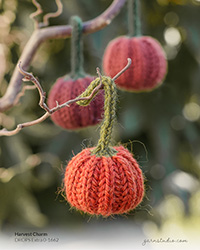


Wordt deze wol op diervriendelijke wijze bemachtigd? Hoe worden de dieren gehouden die de wol leveren? Alvast bedankt voor jullie antwoord! Mvg, Isabelle
27.06.2020 - 11:46